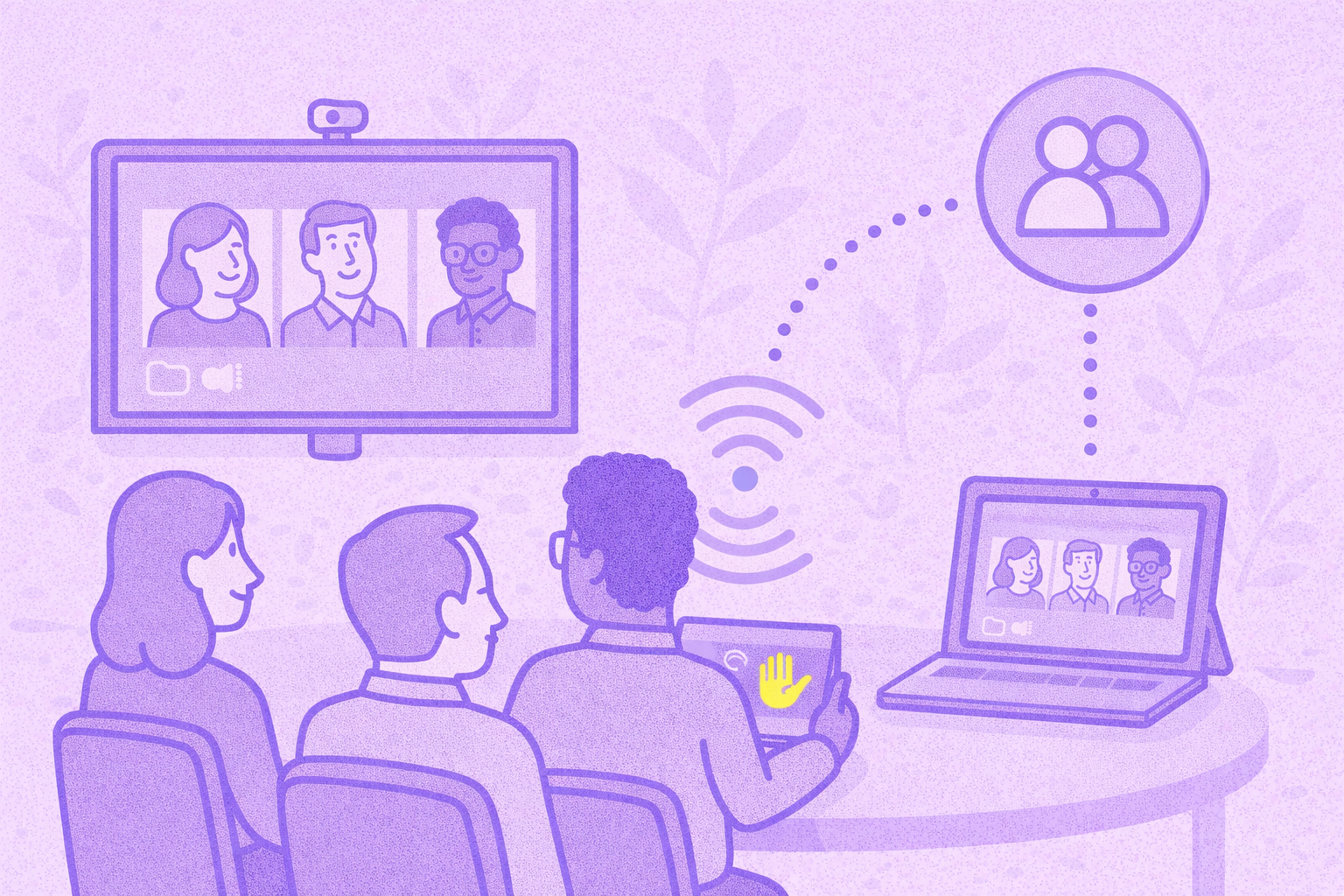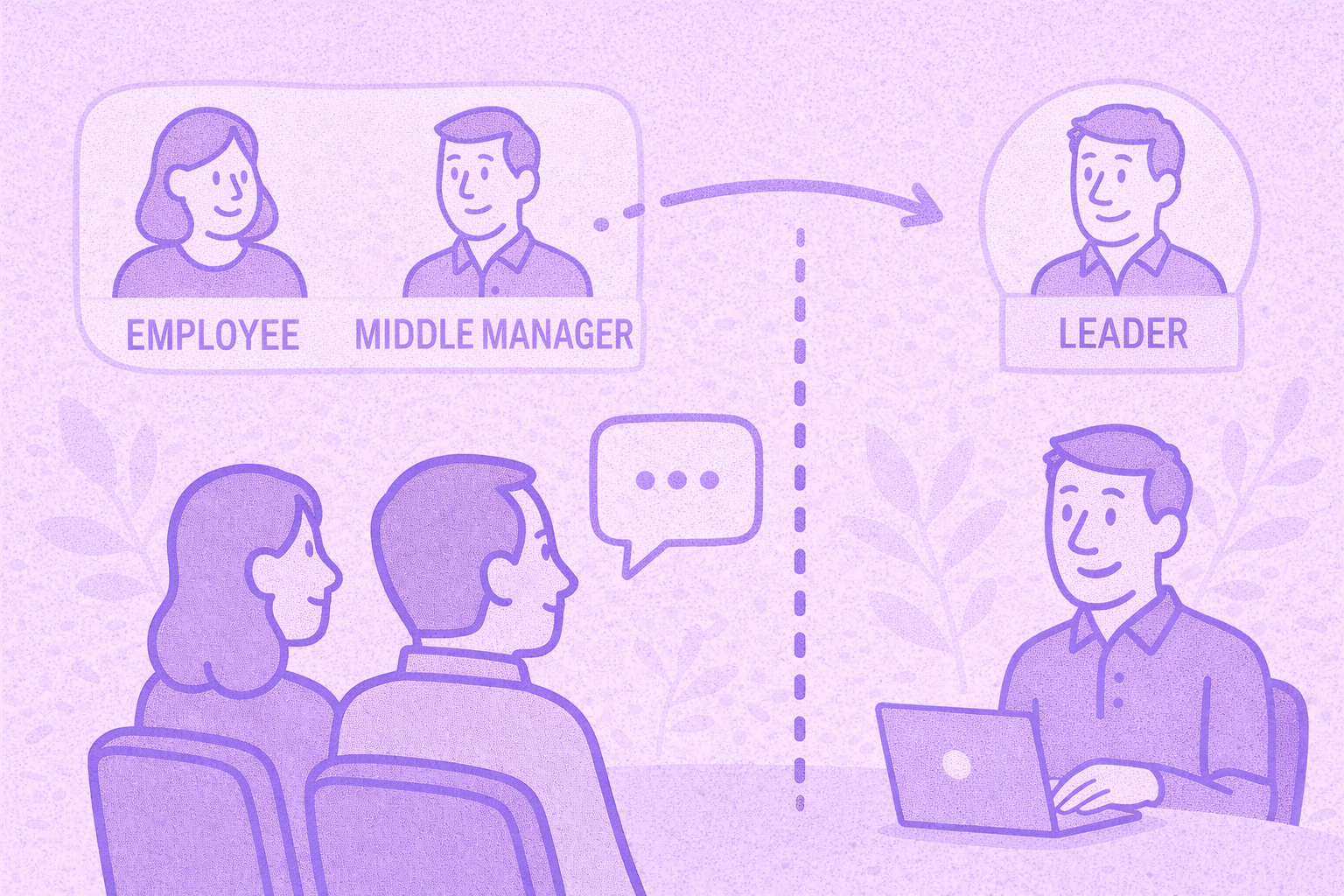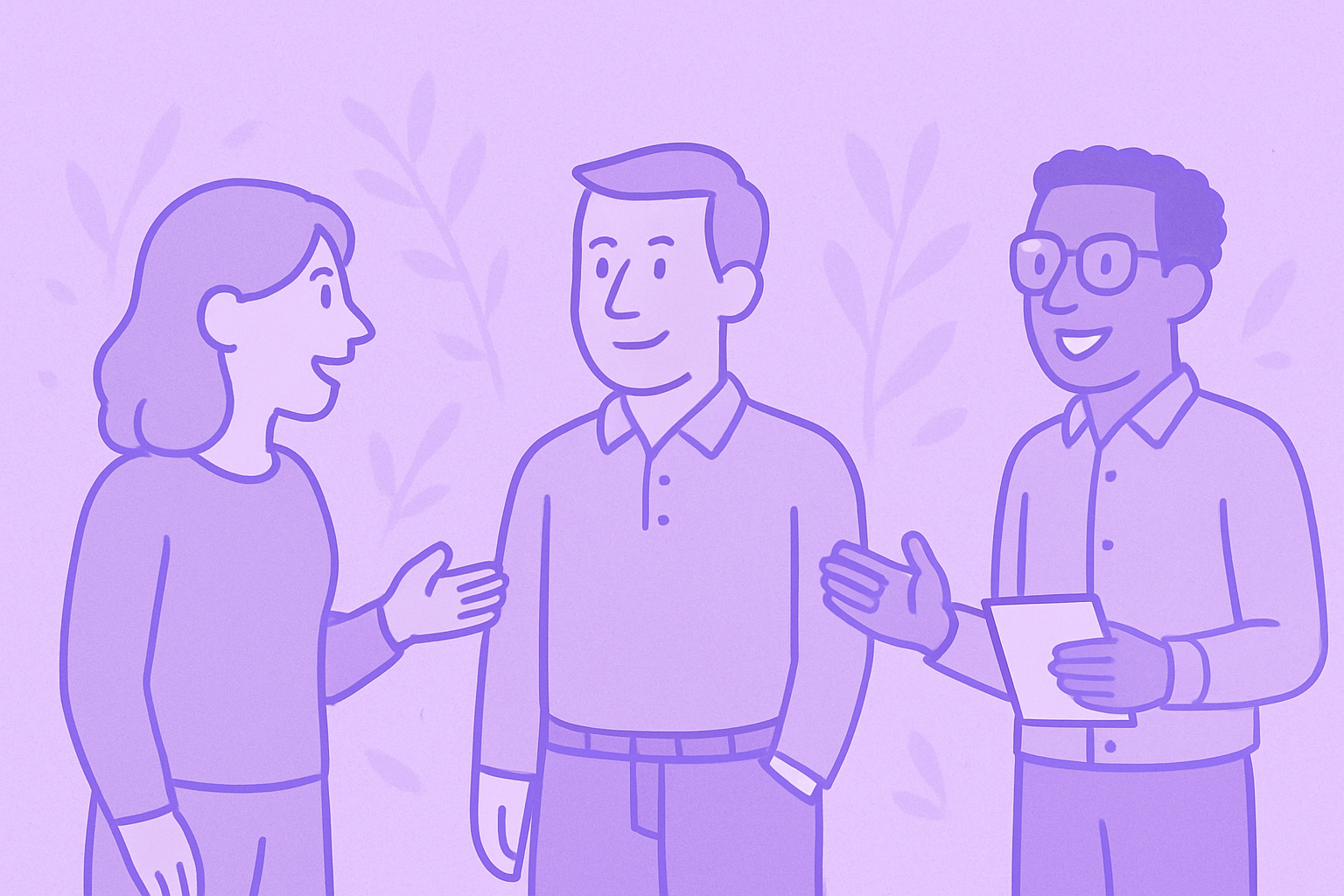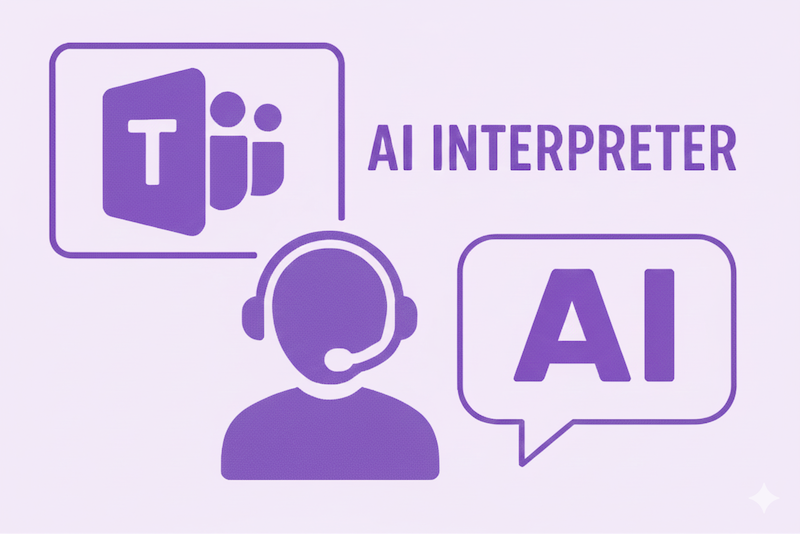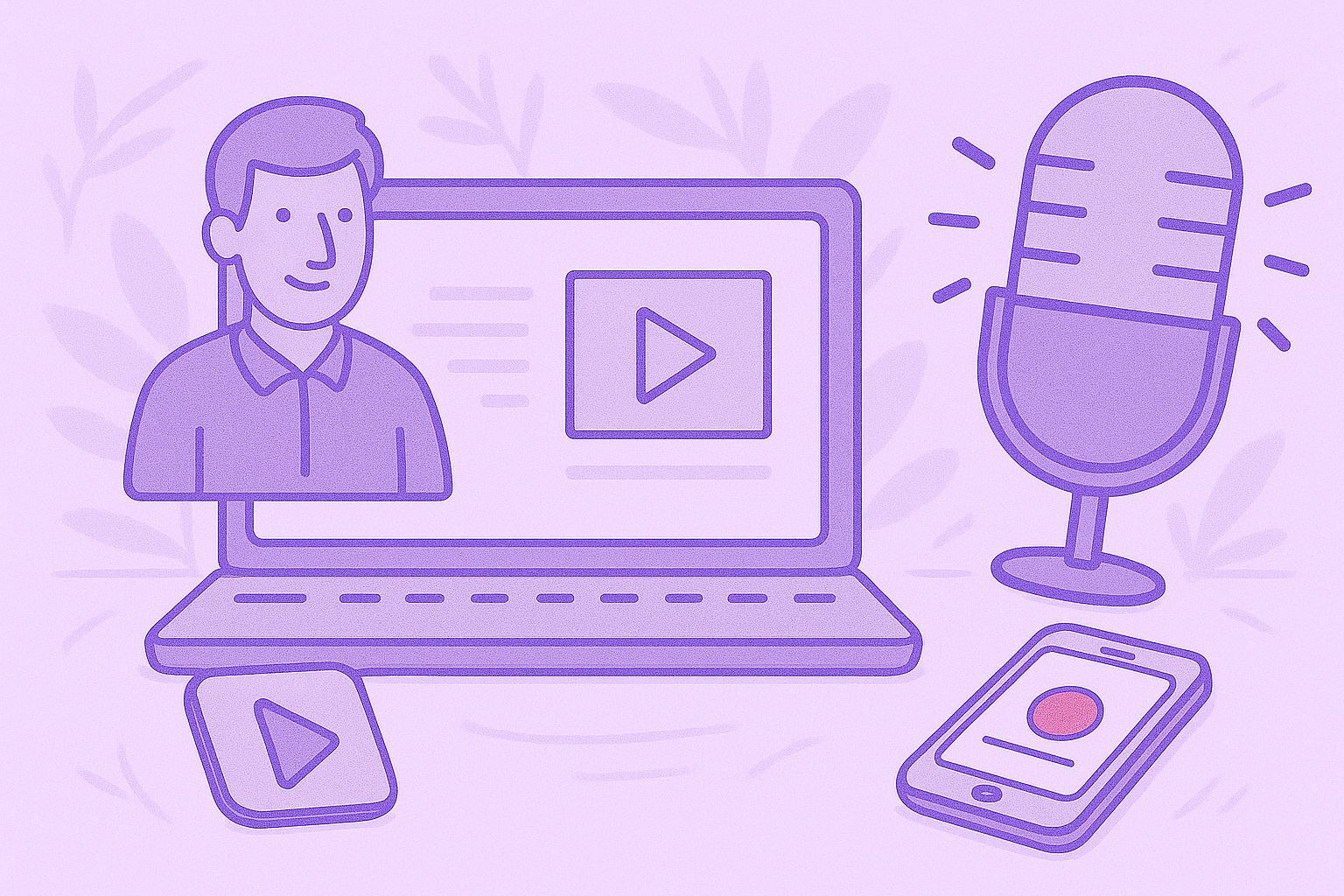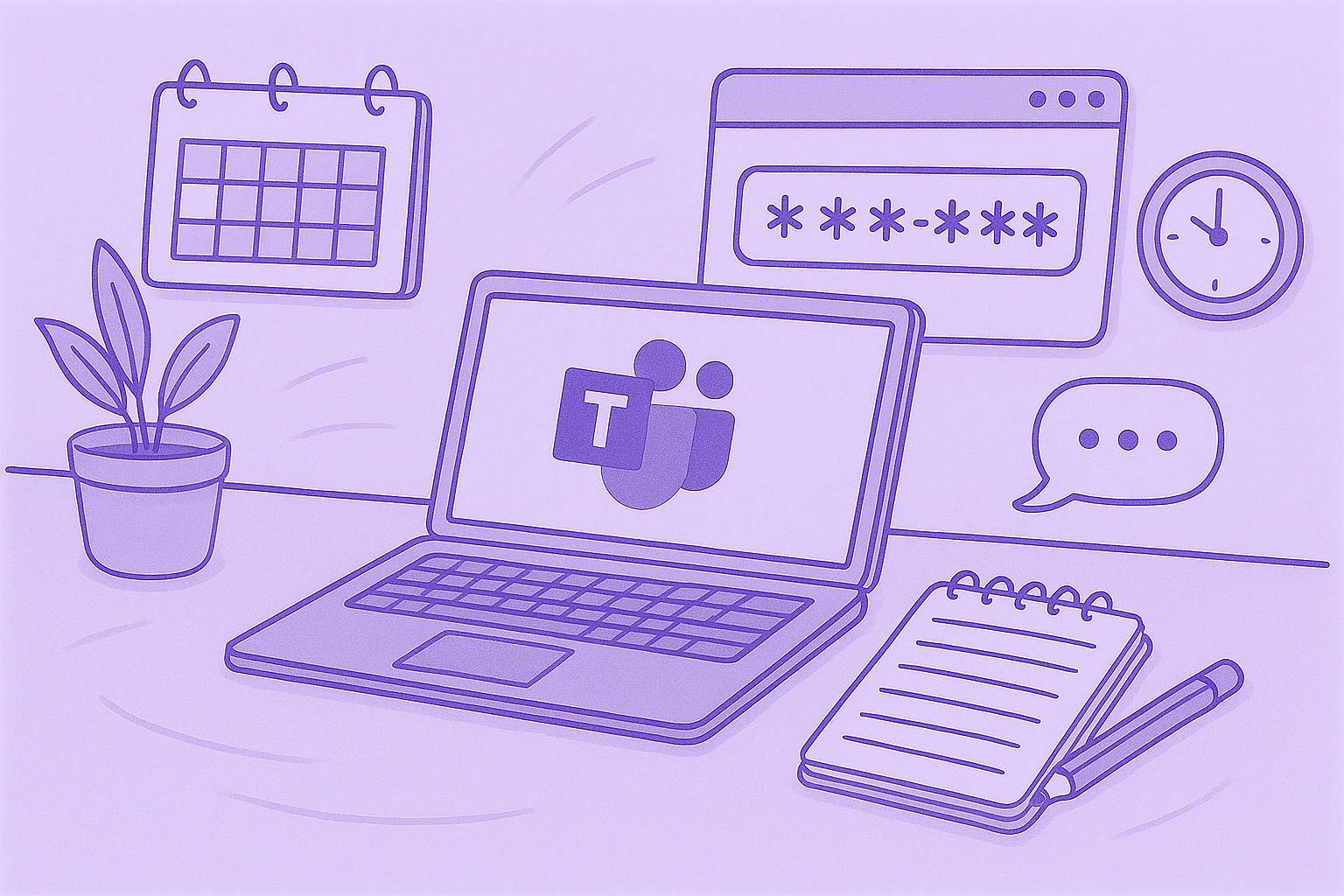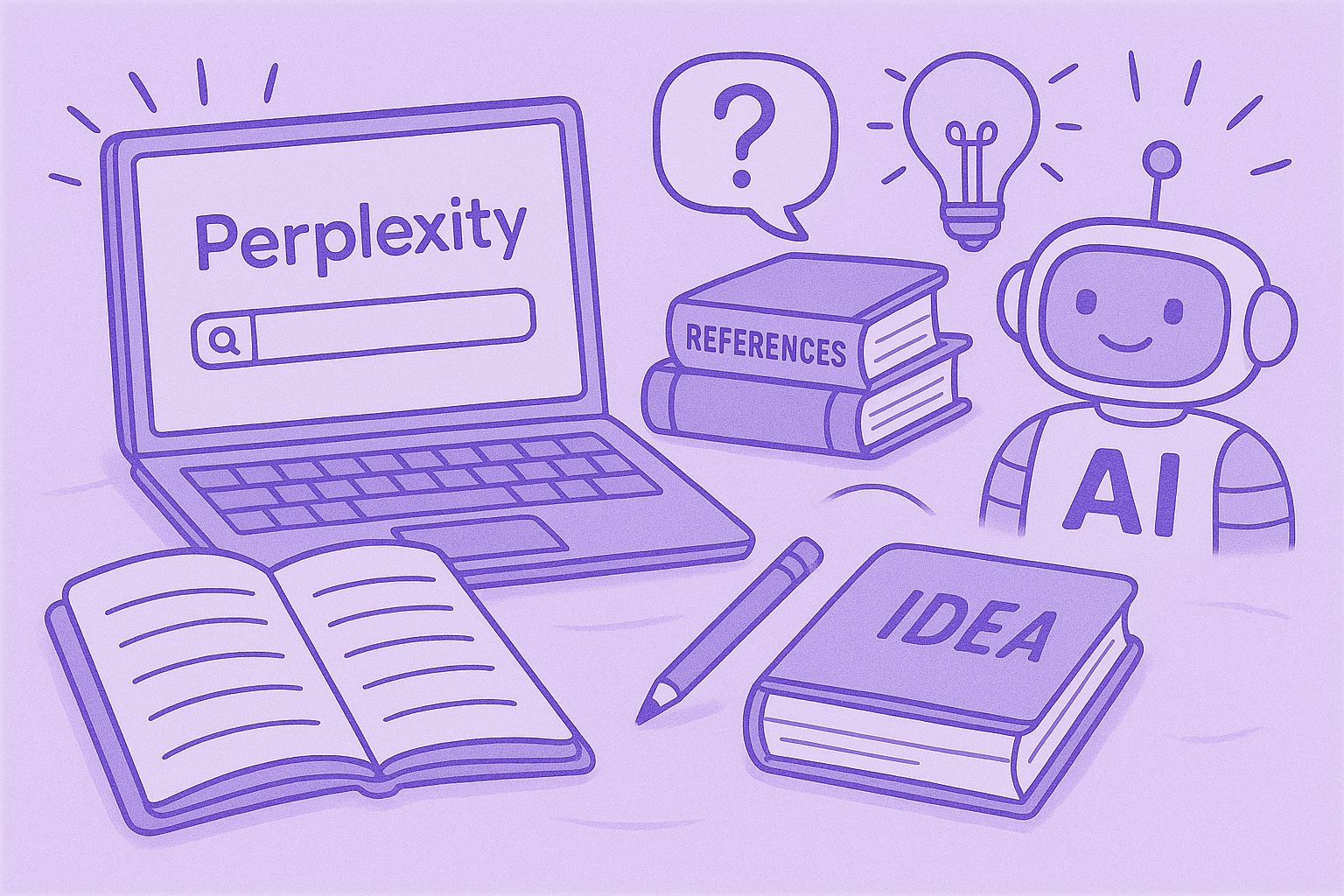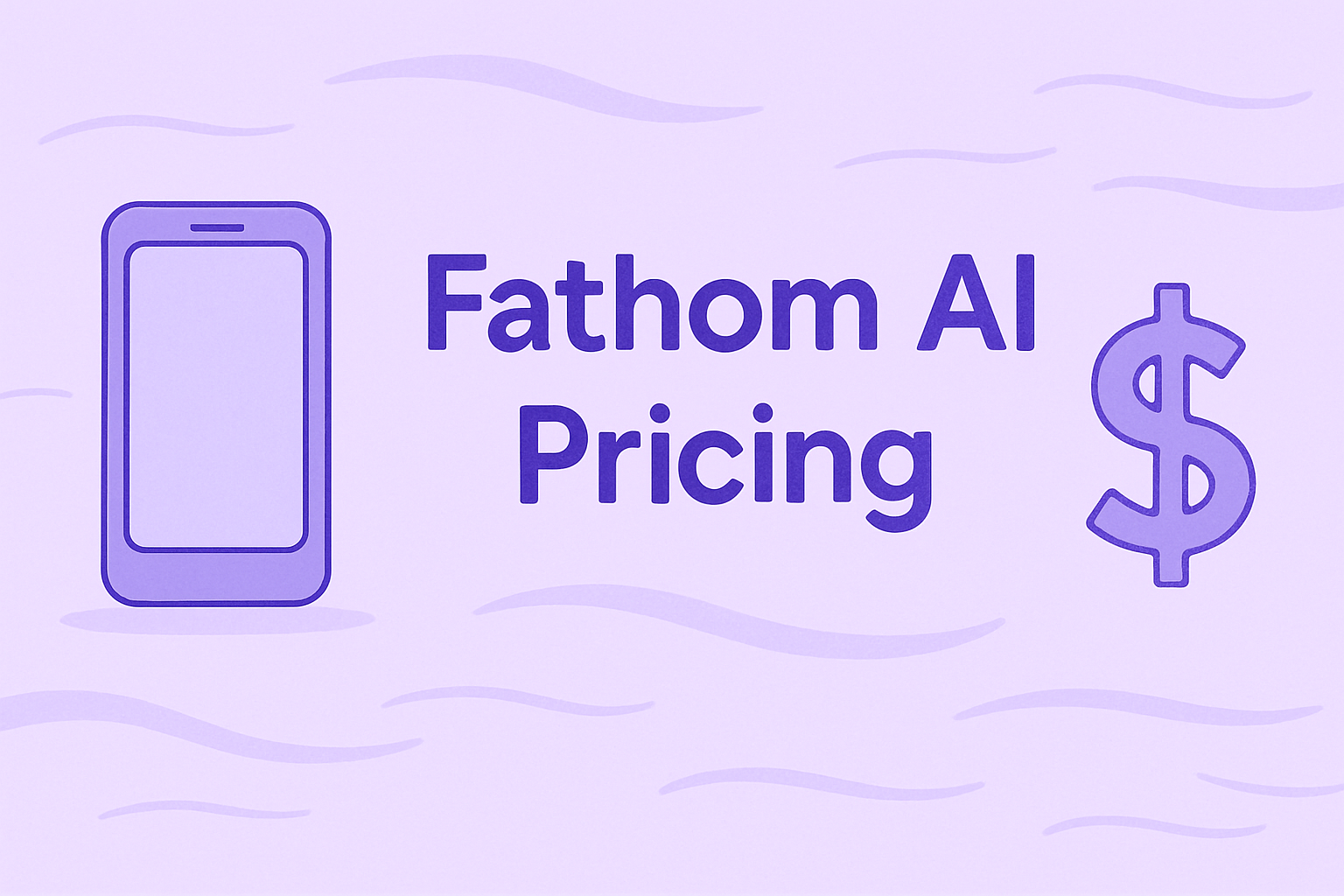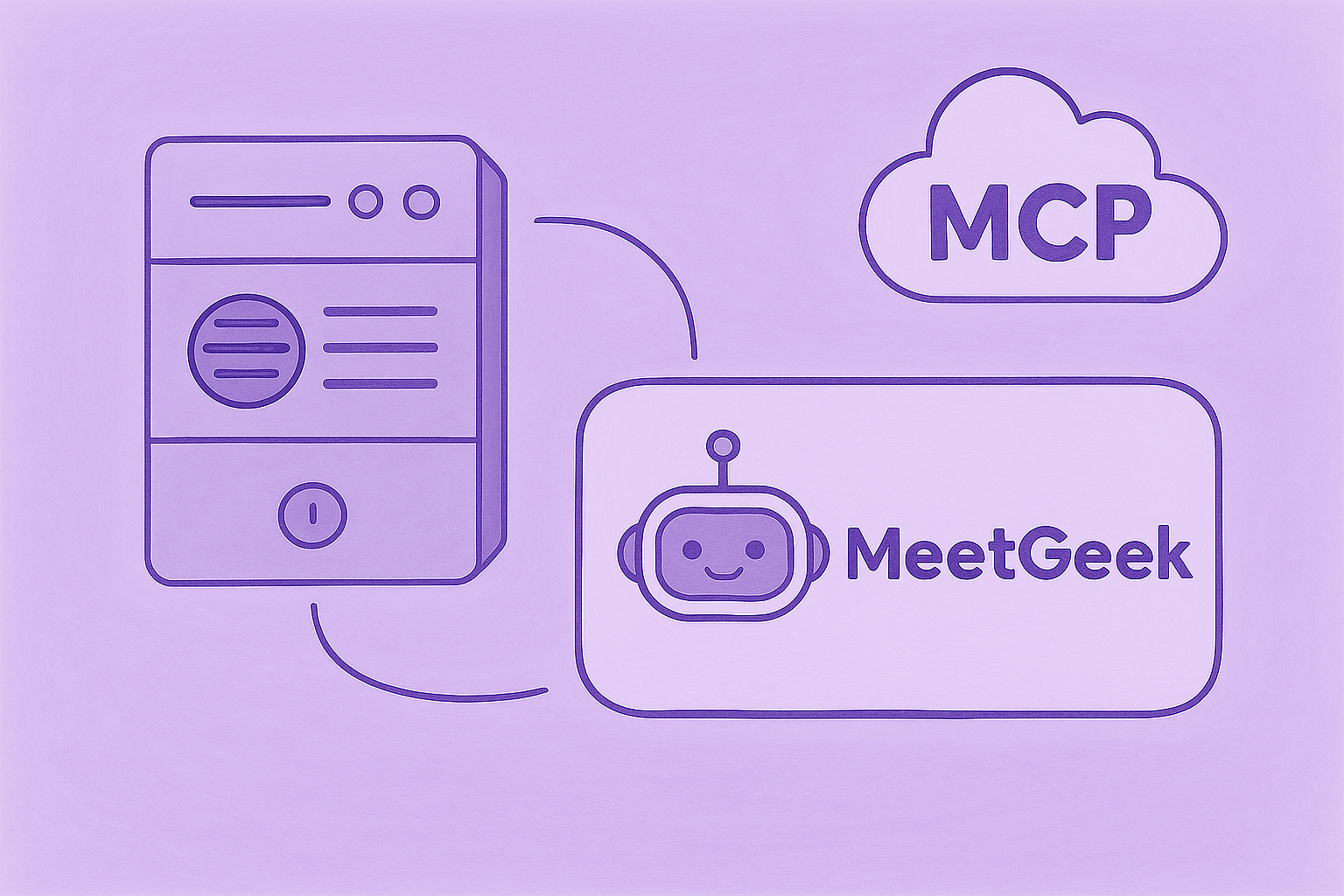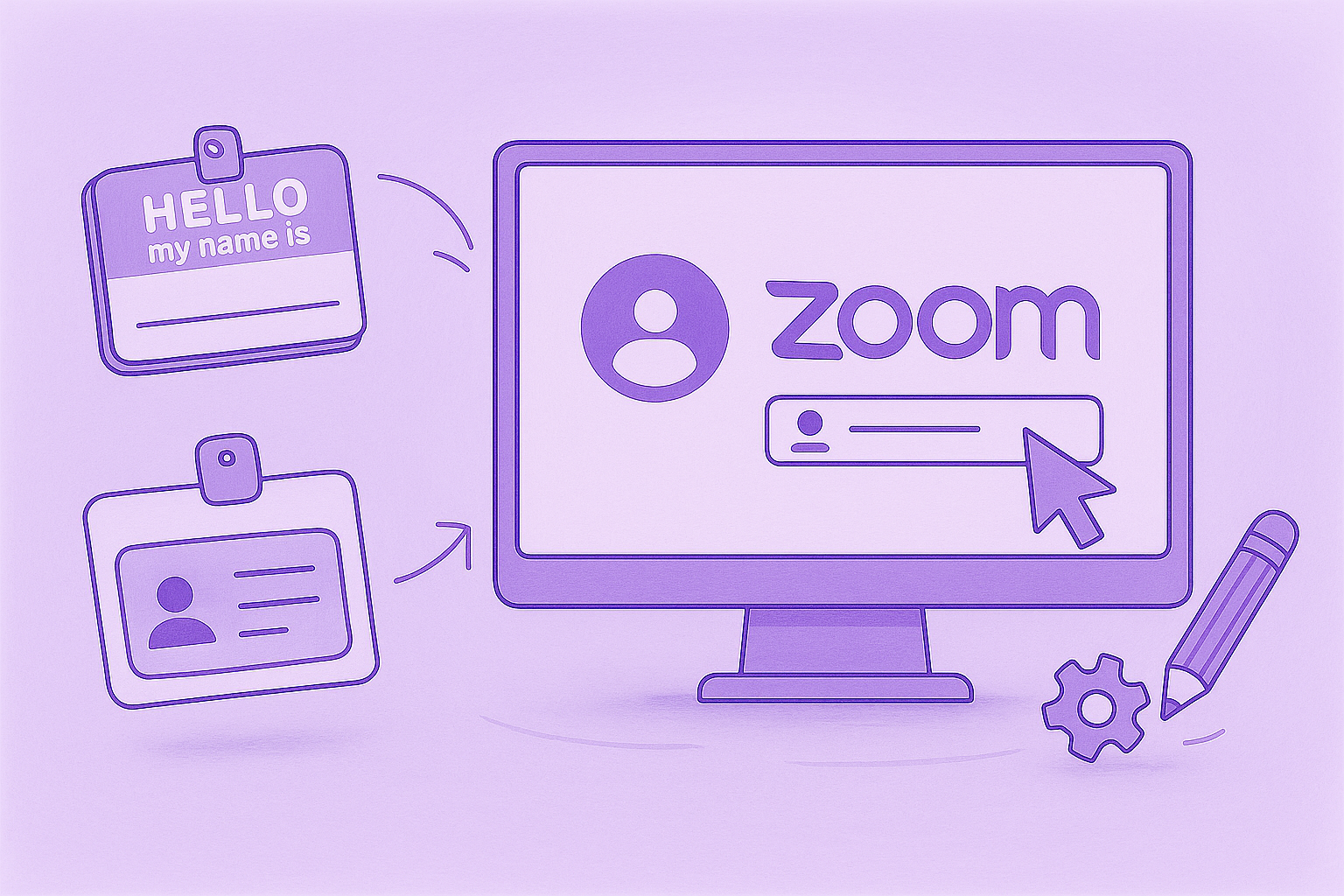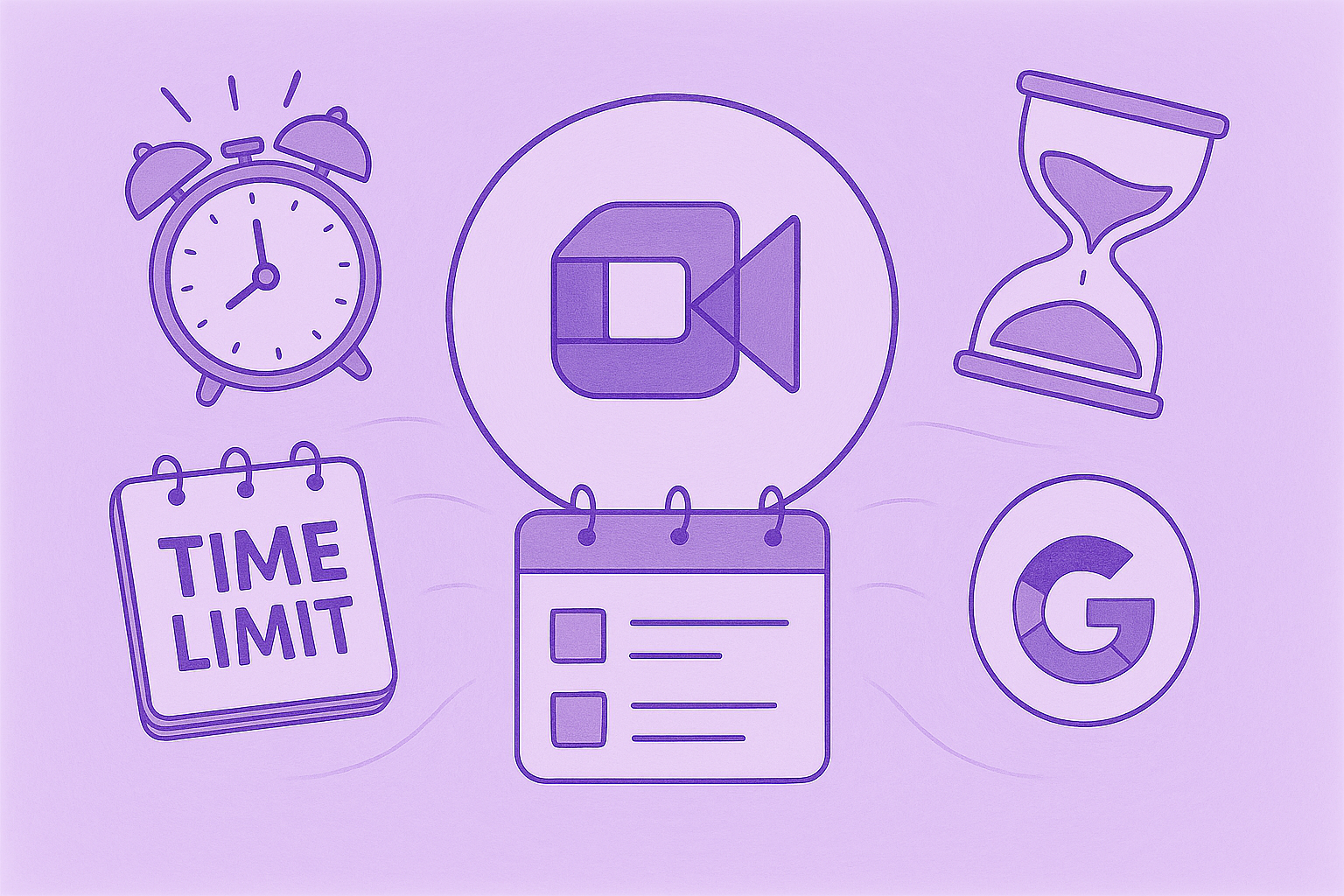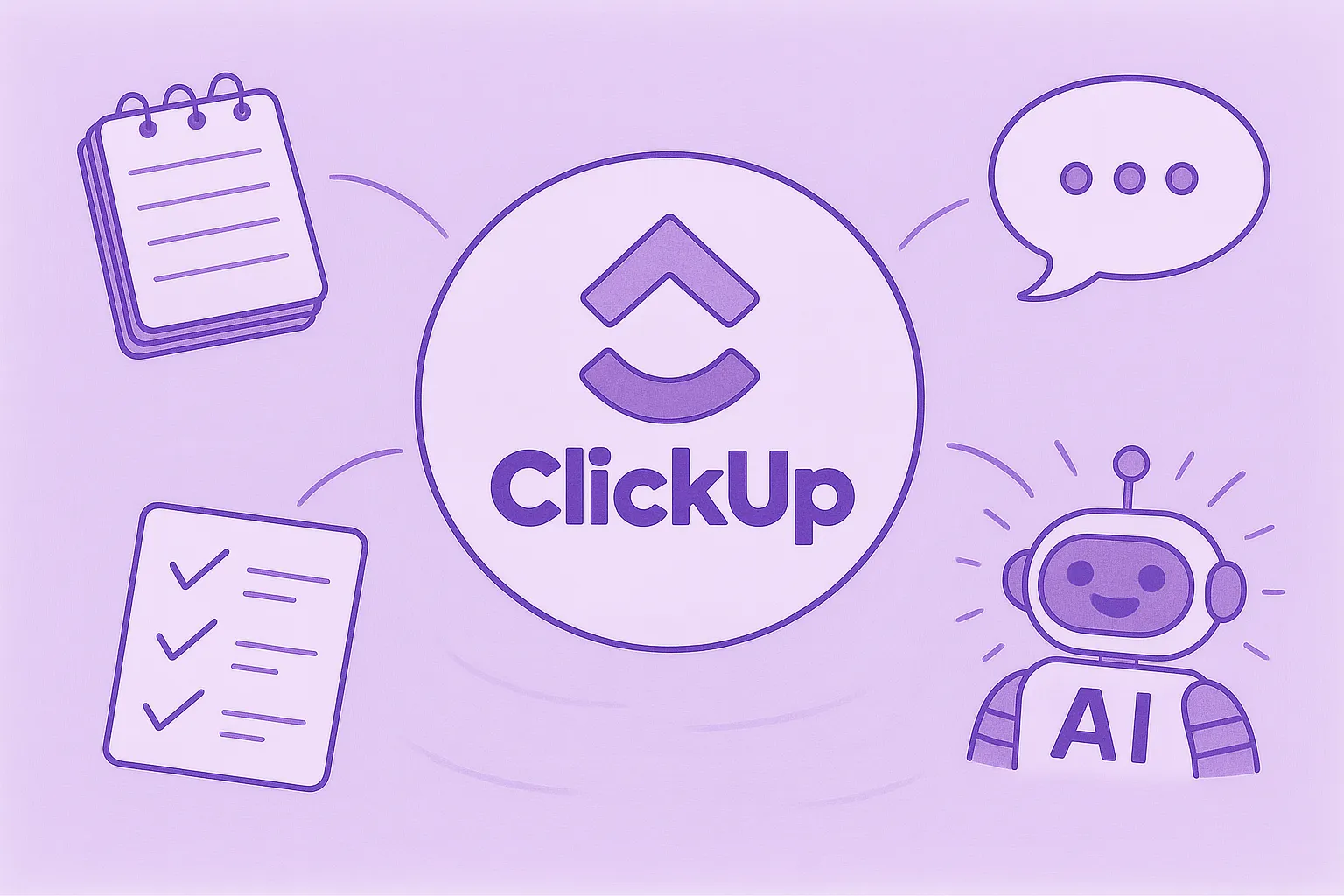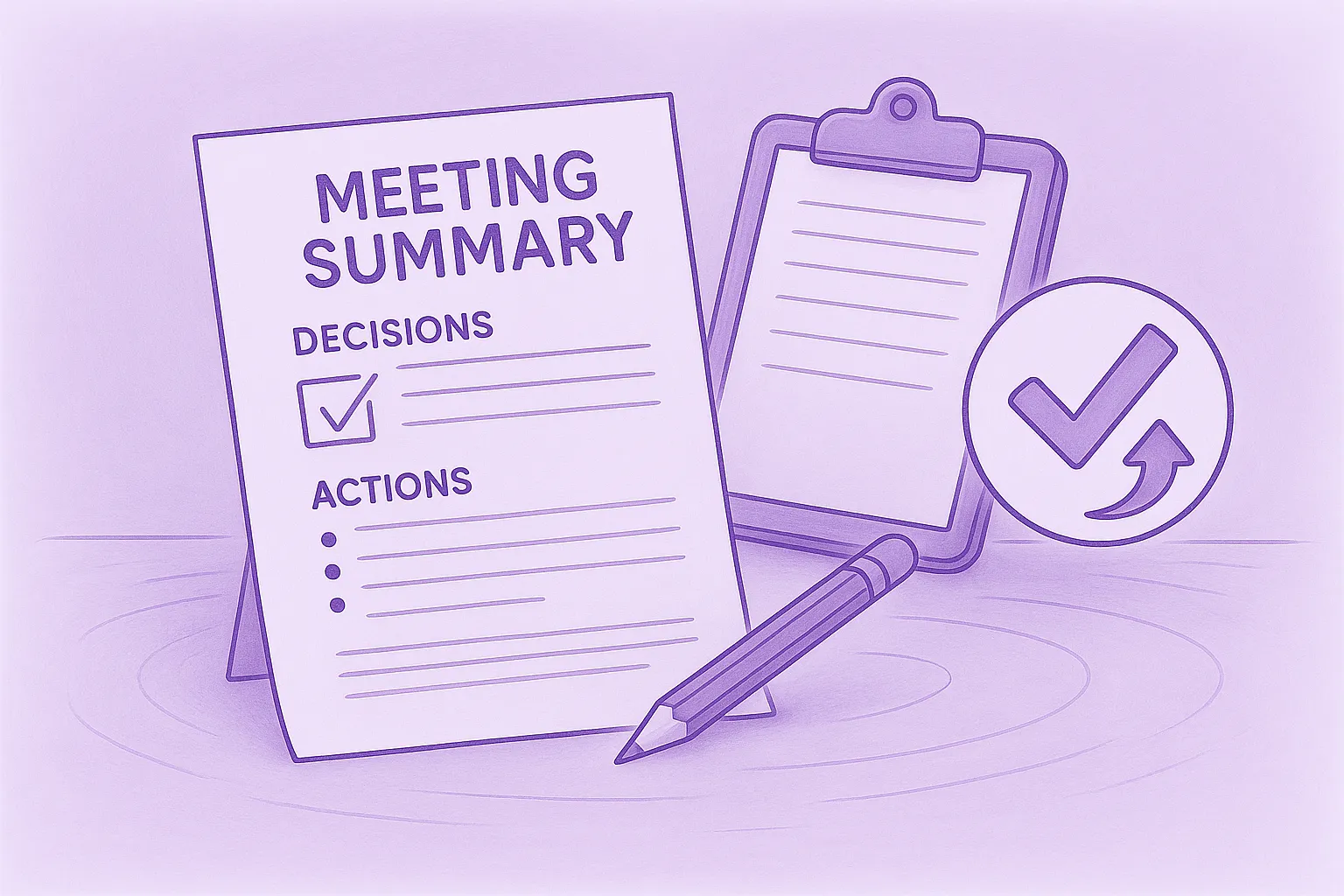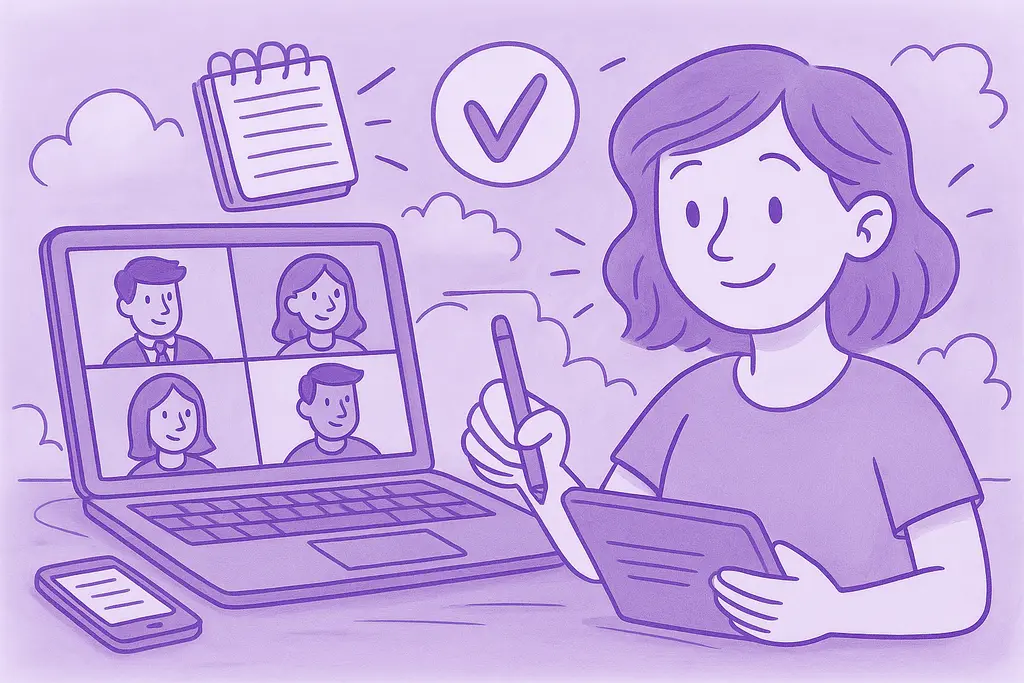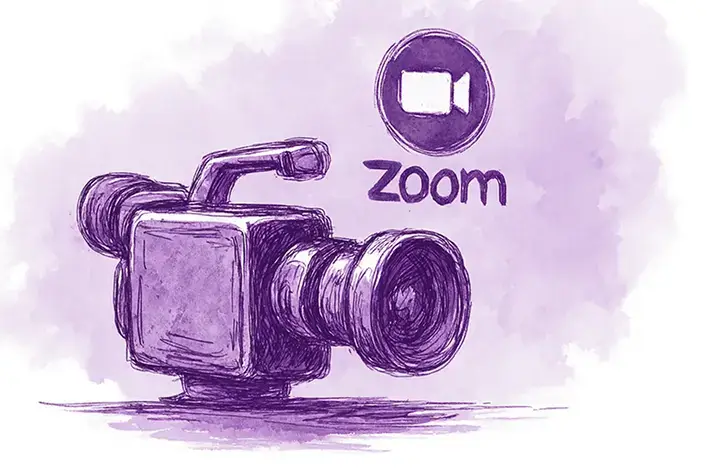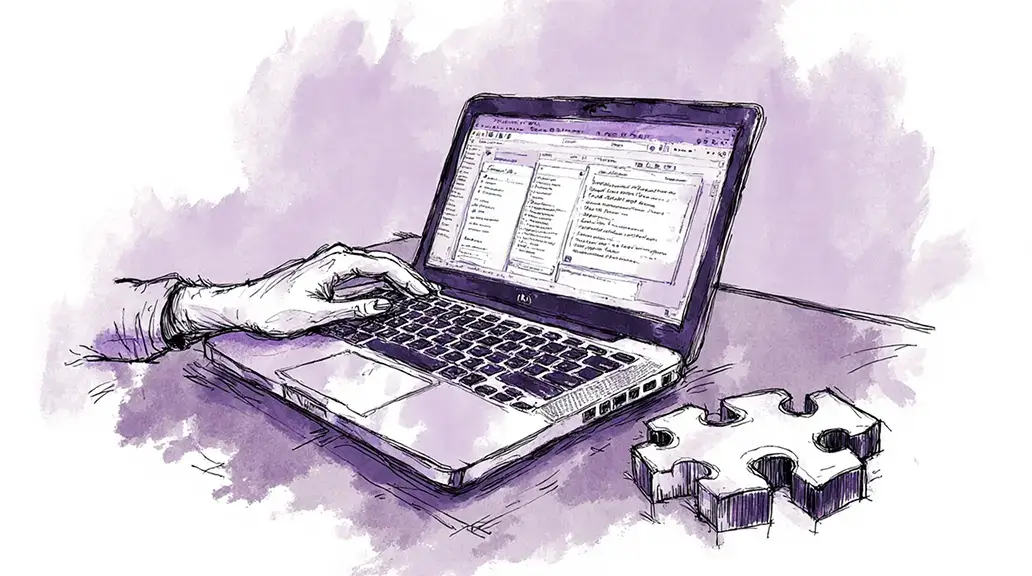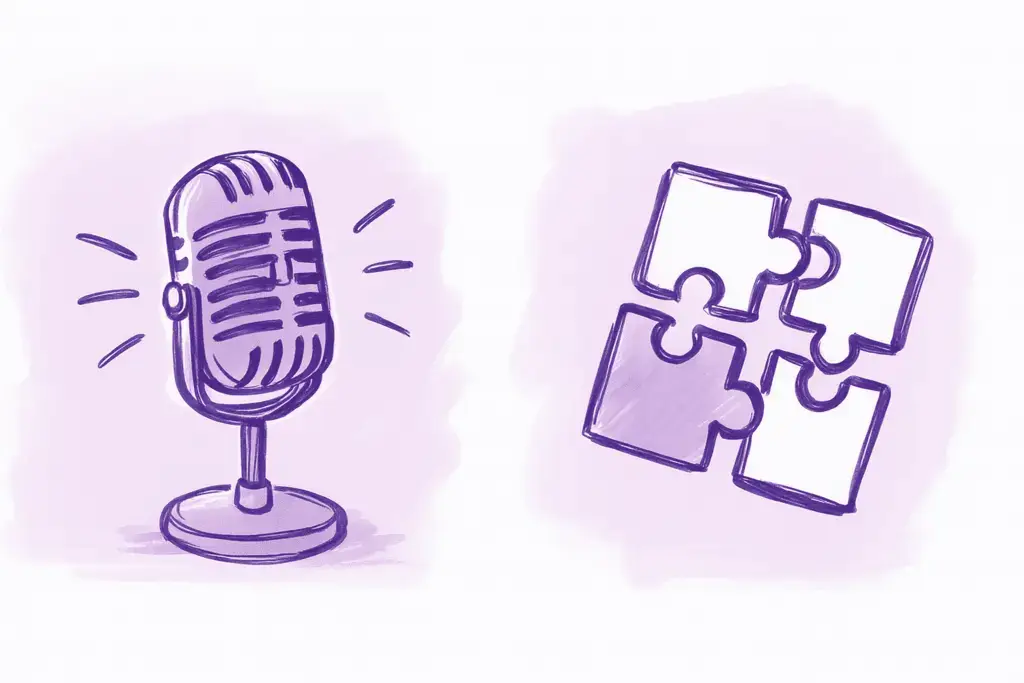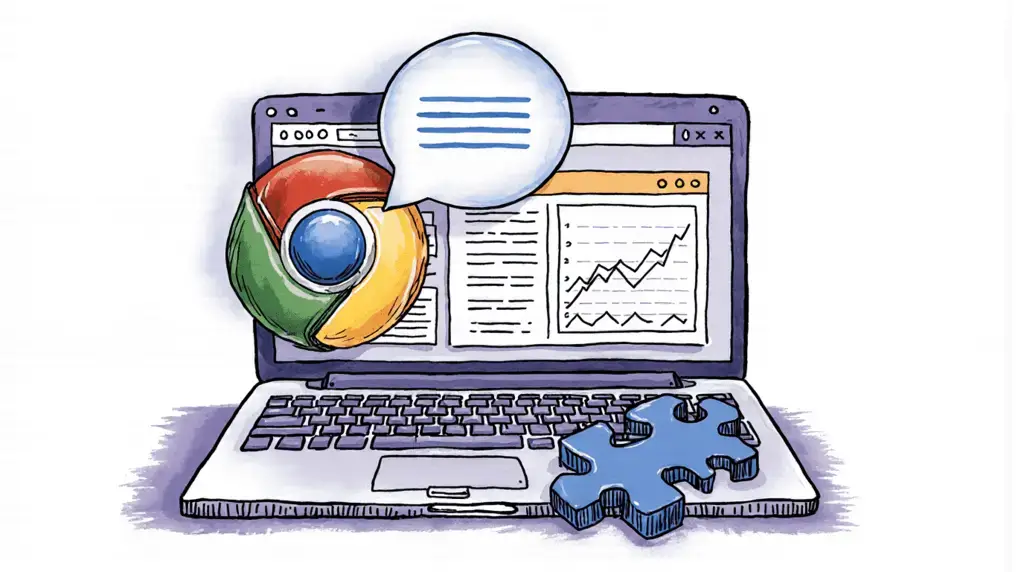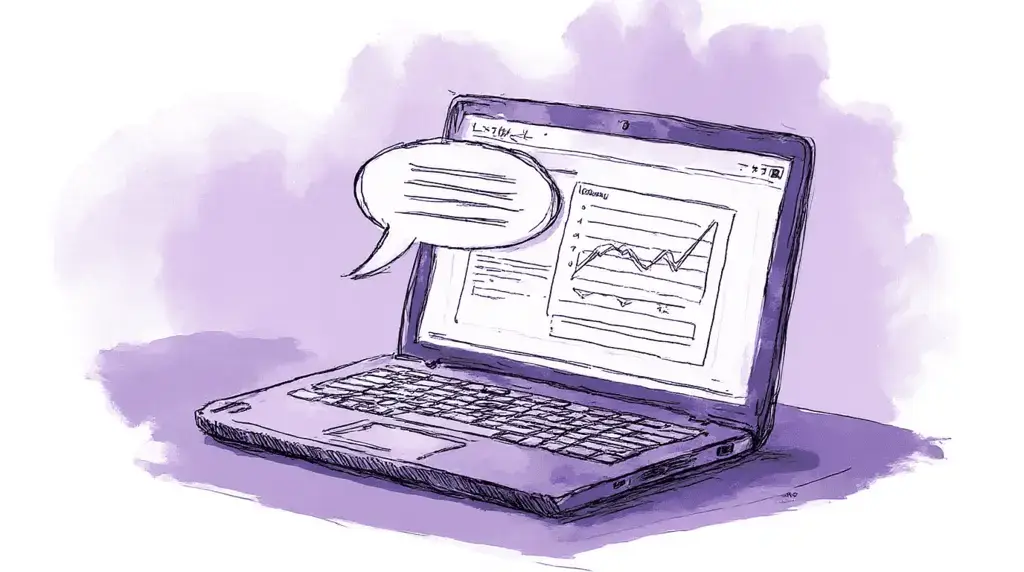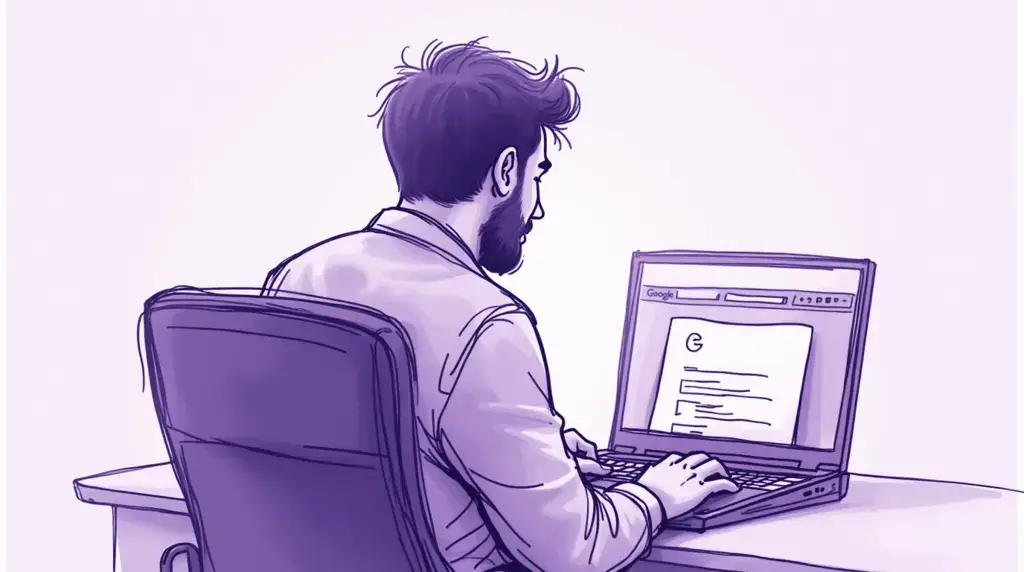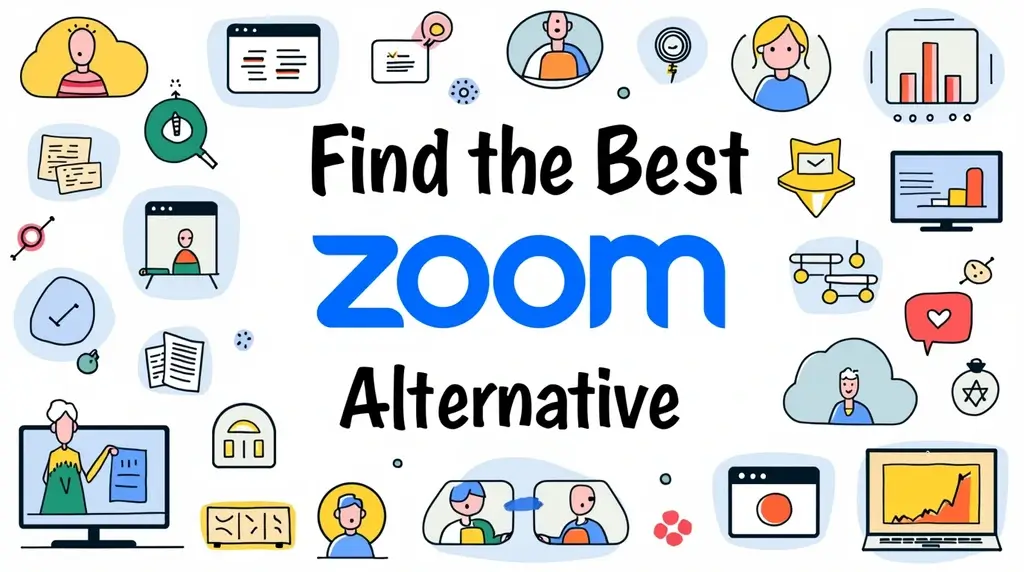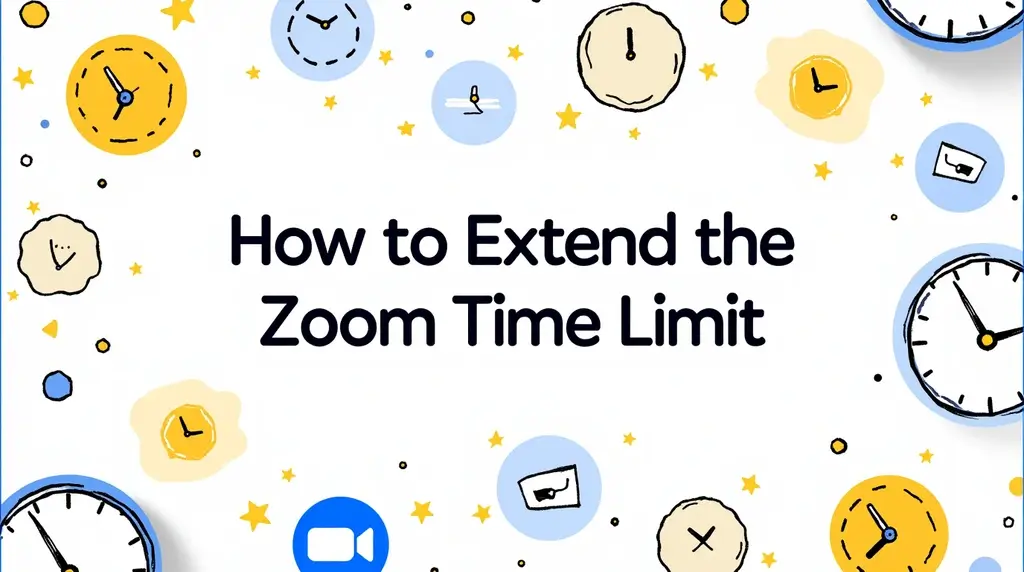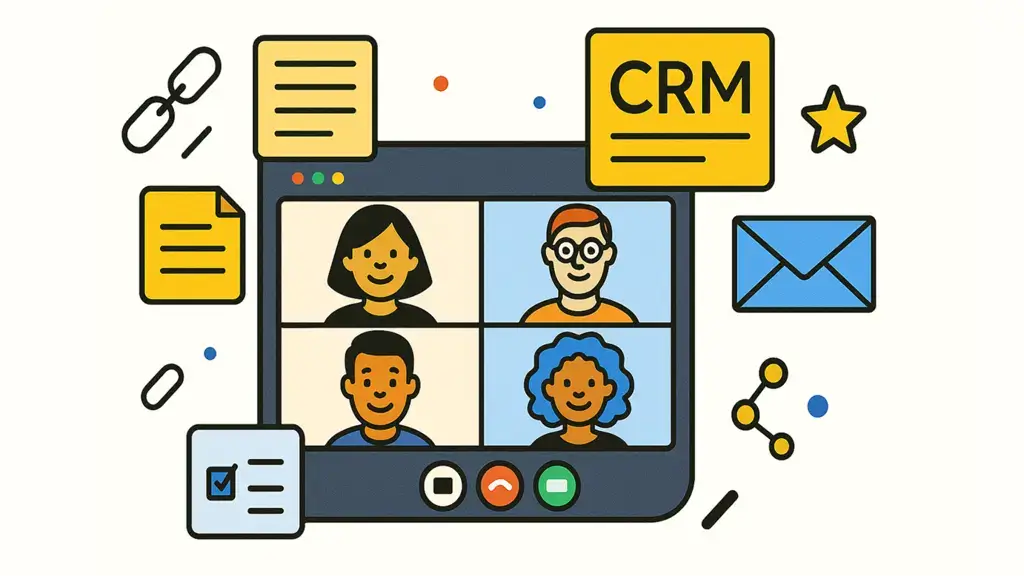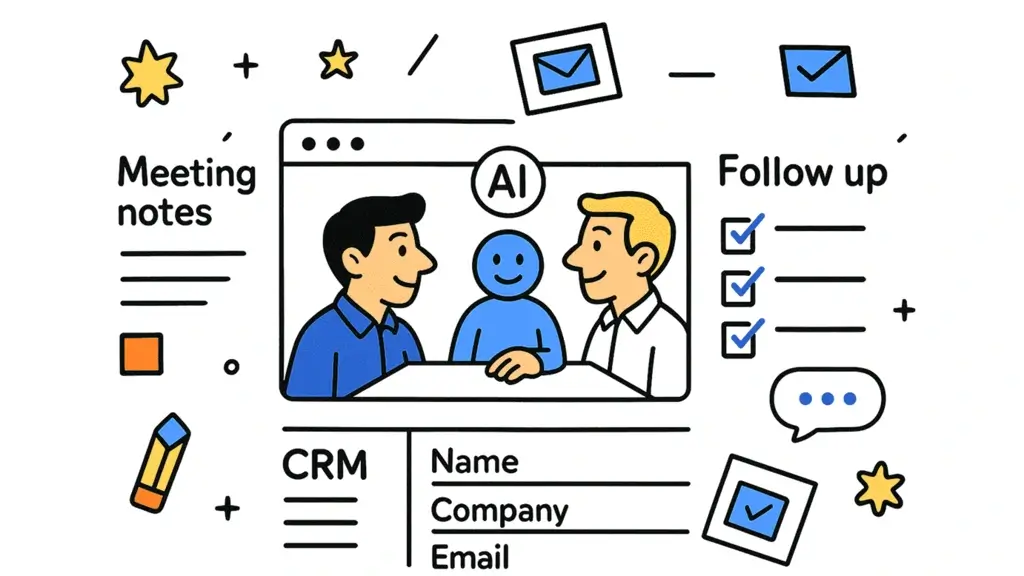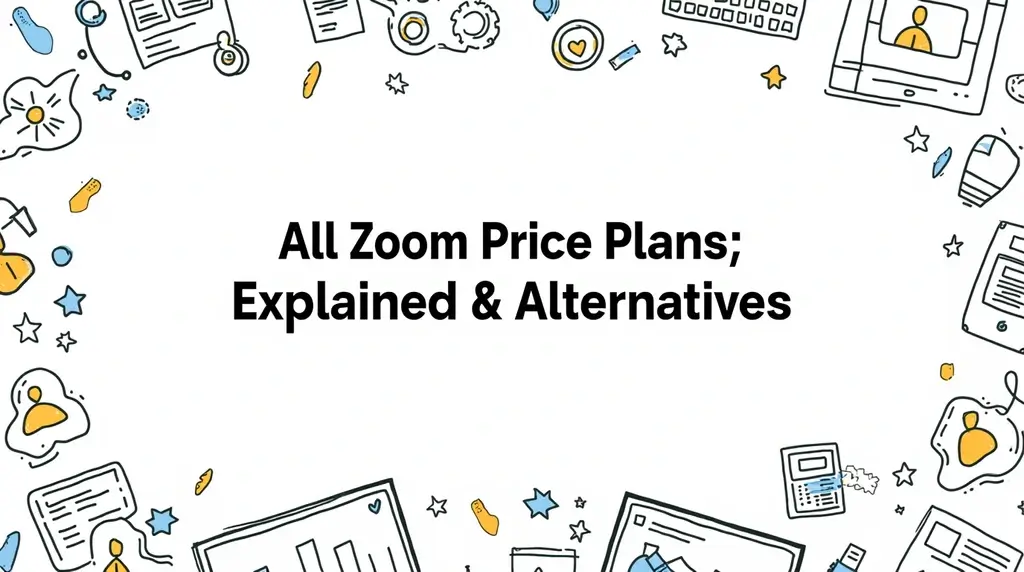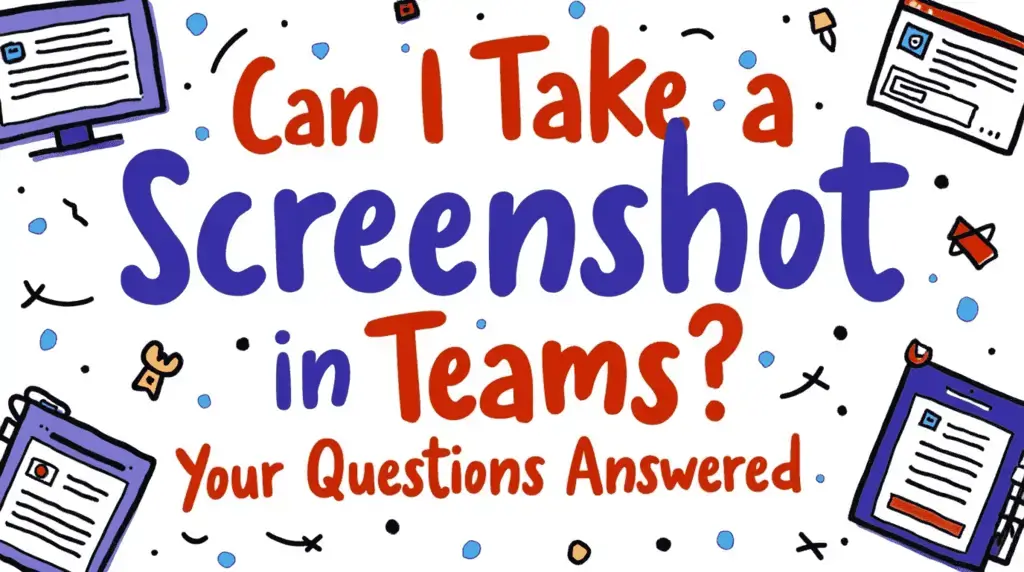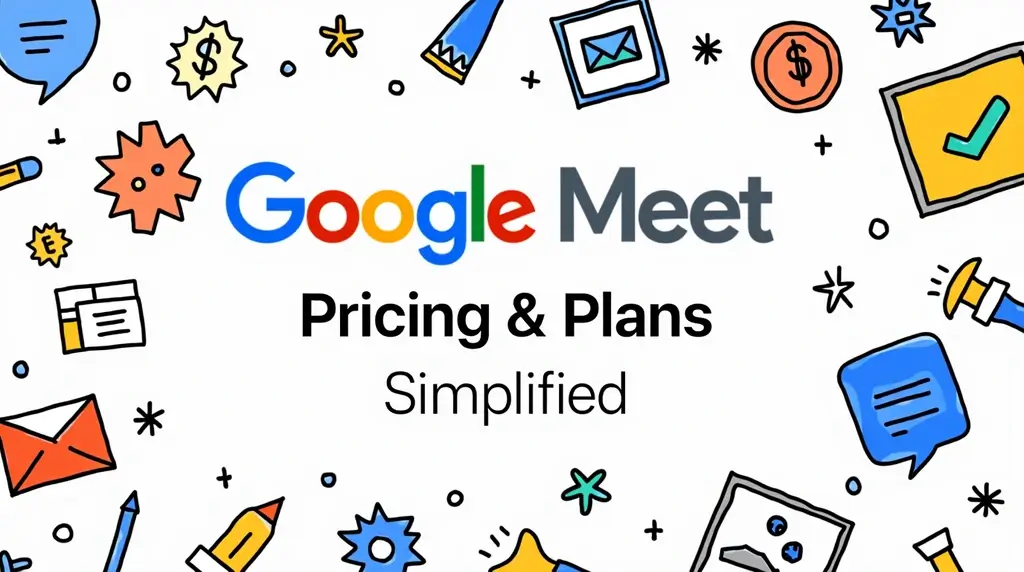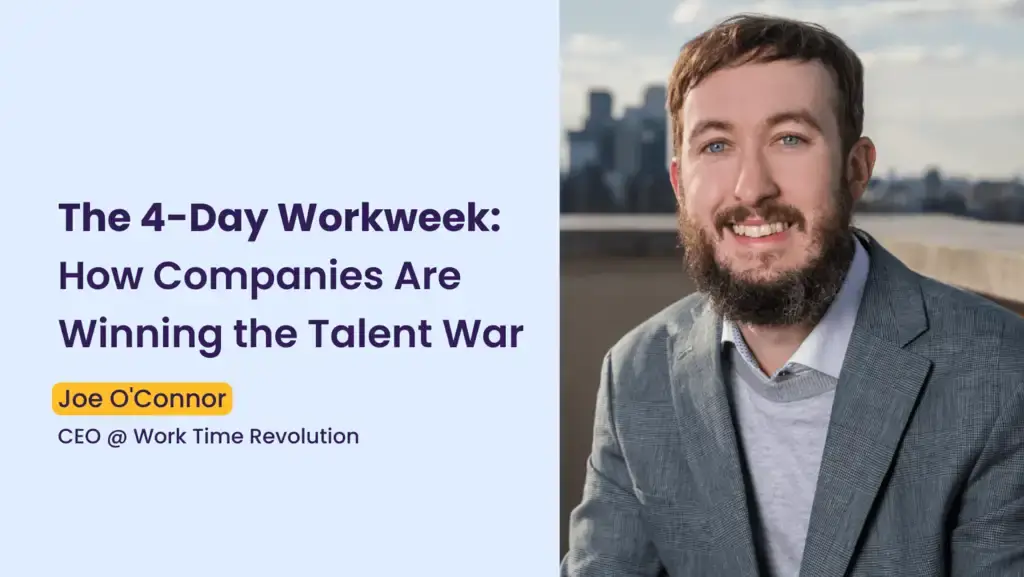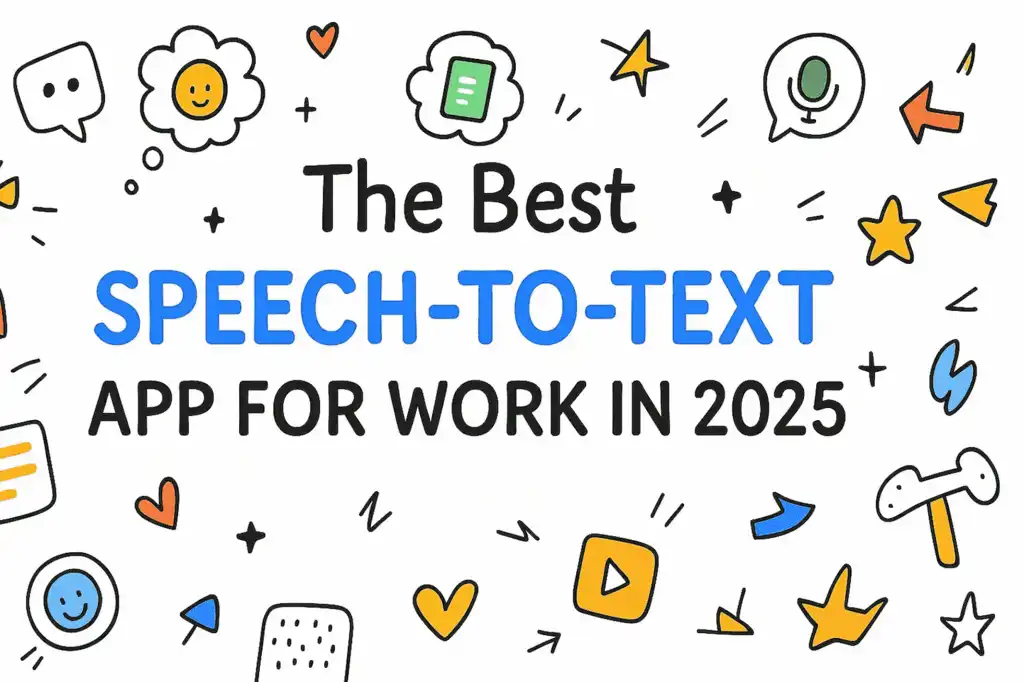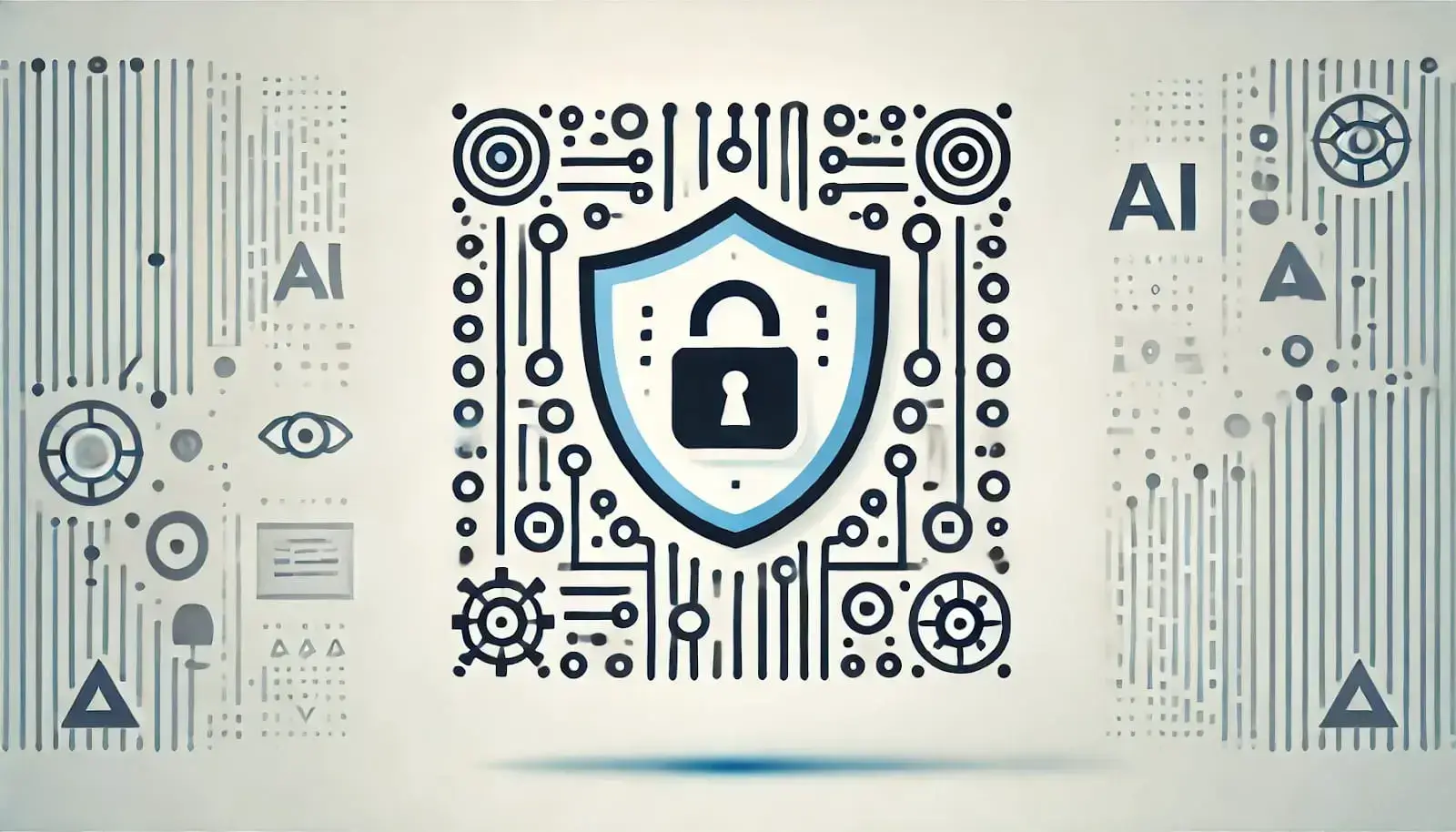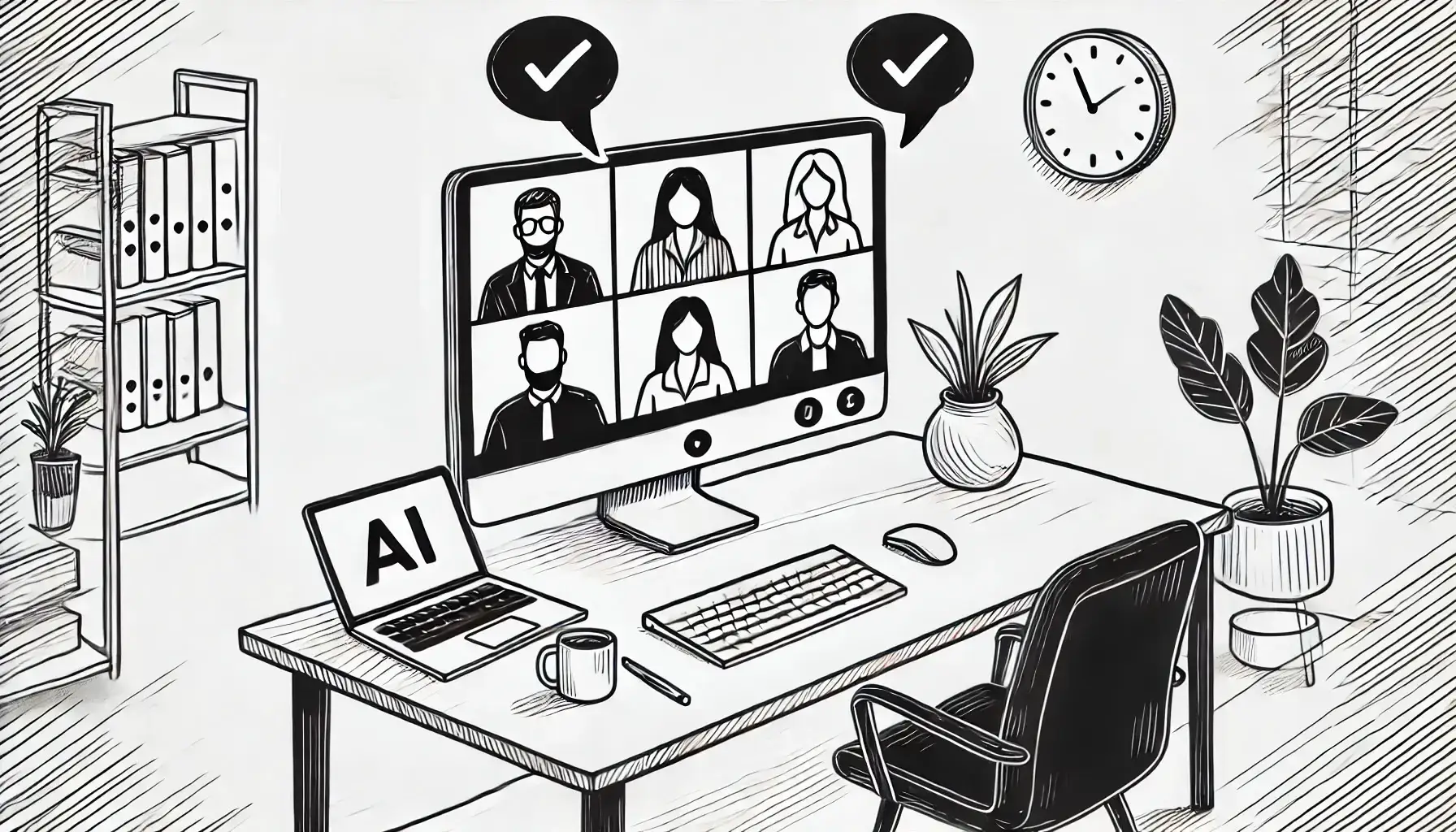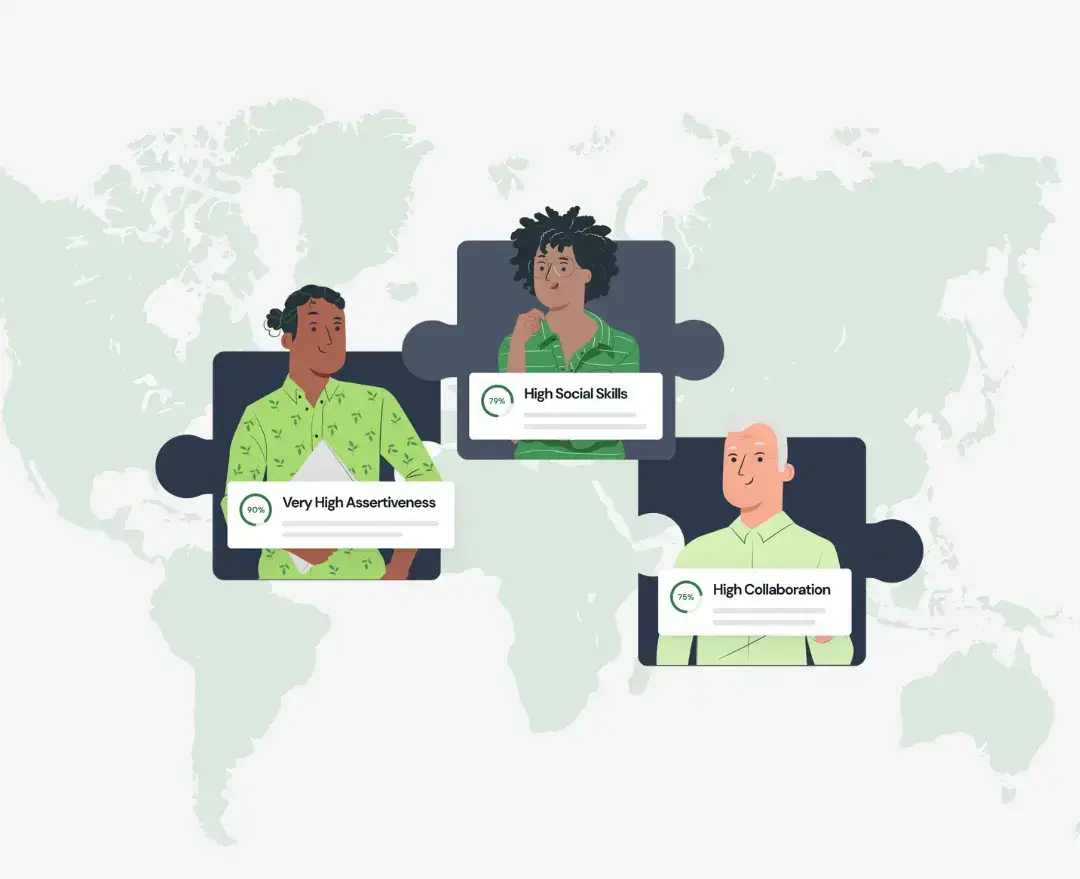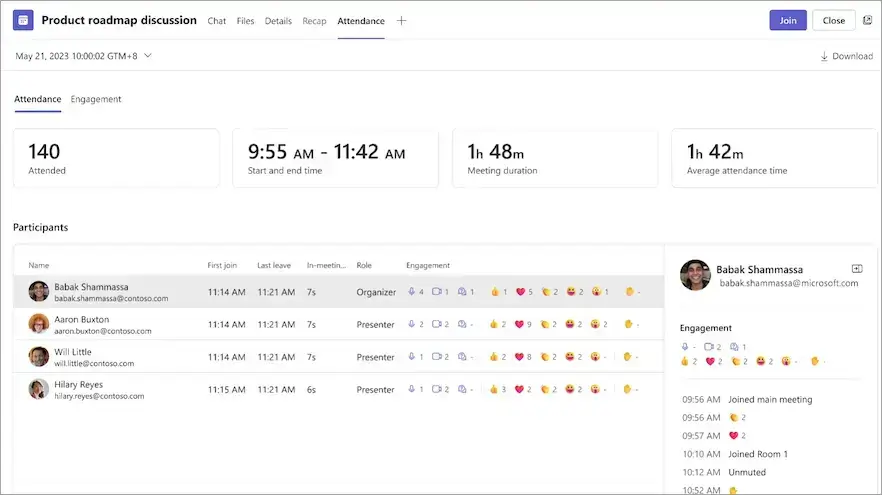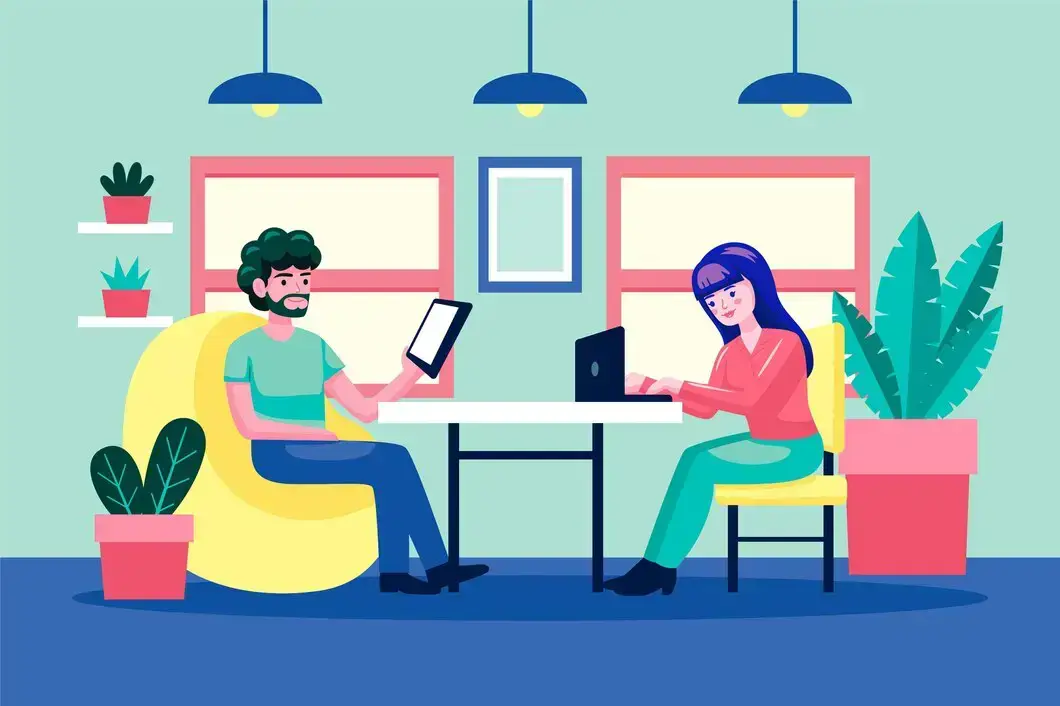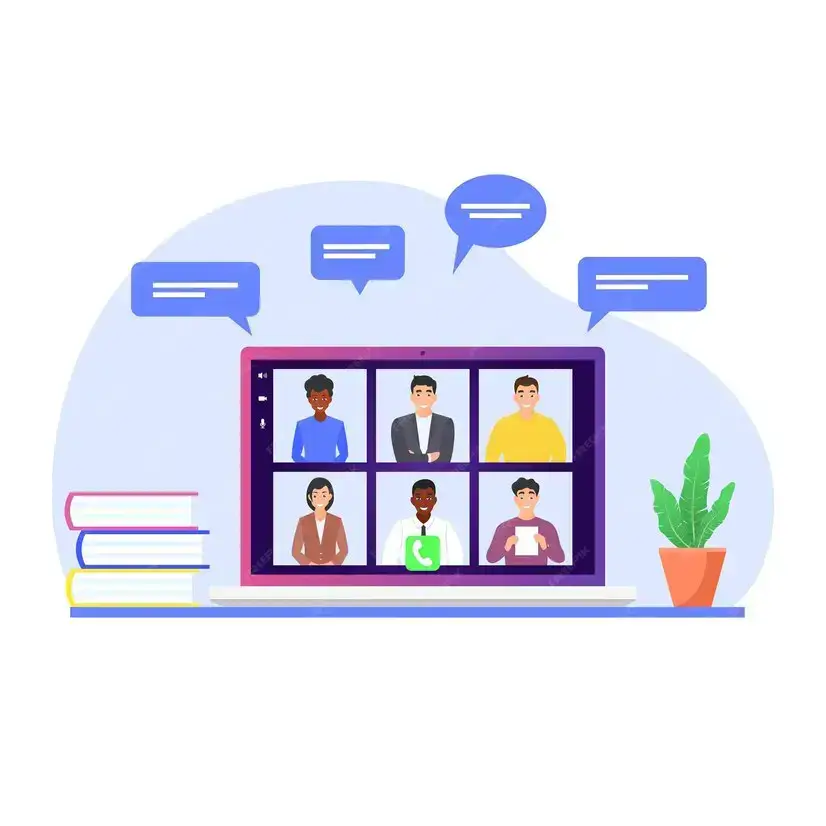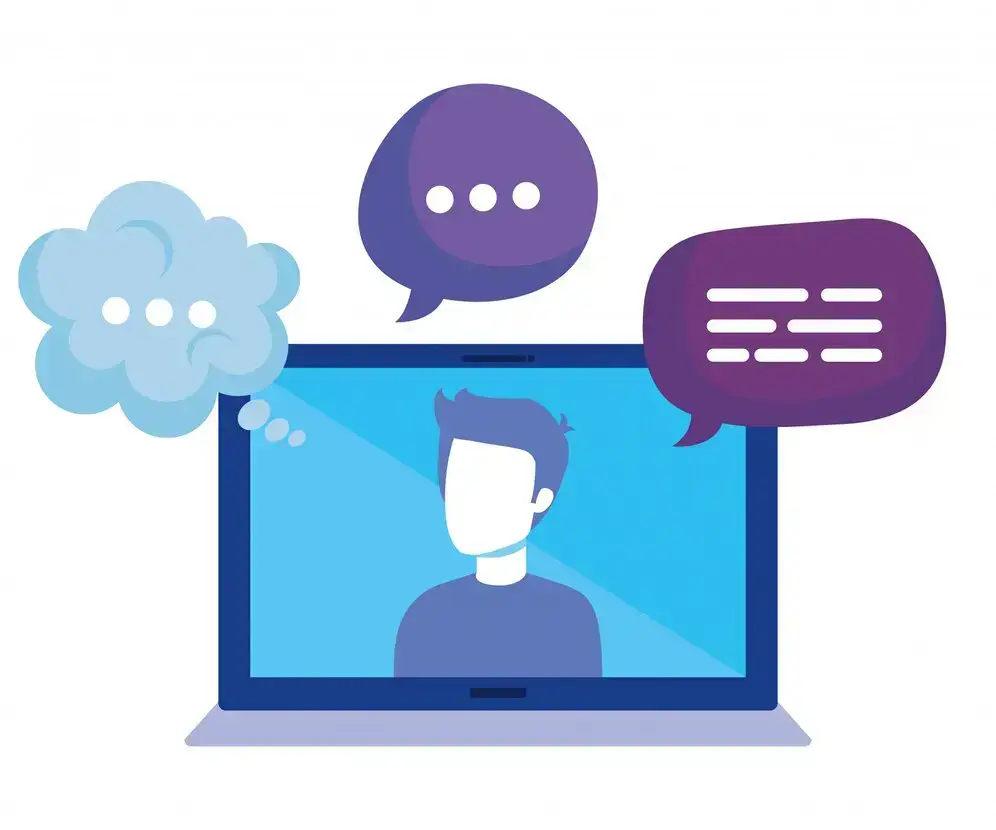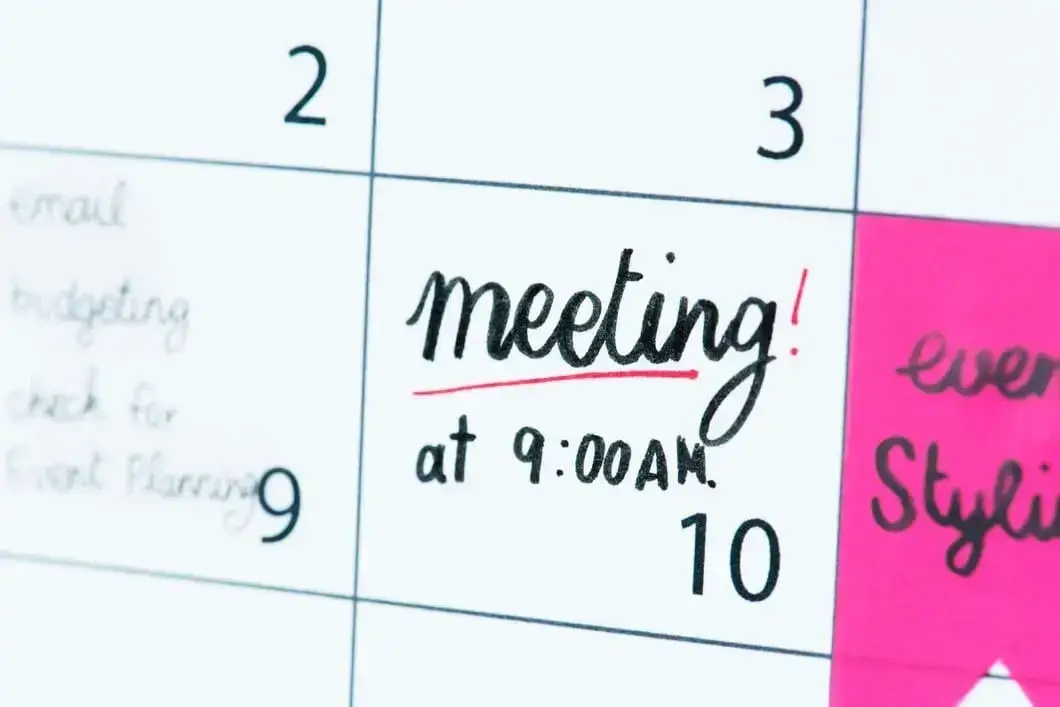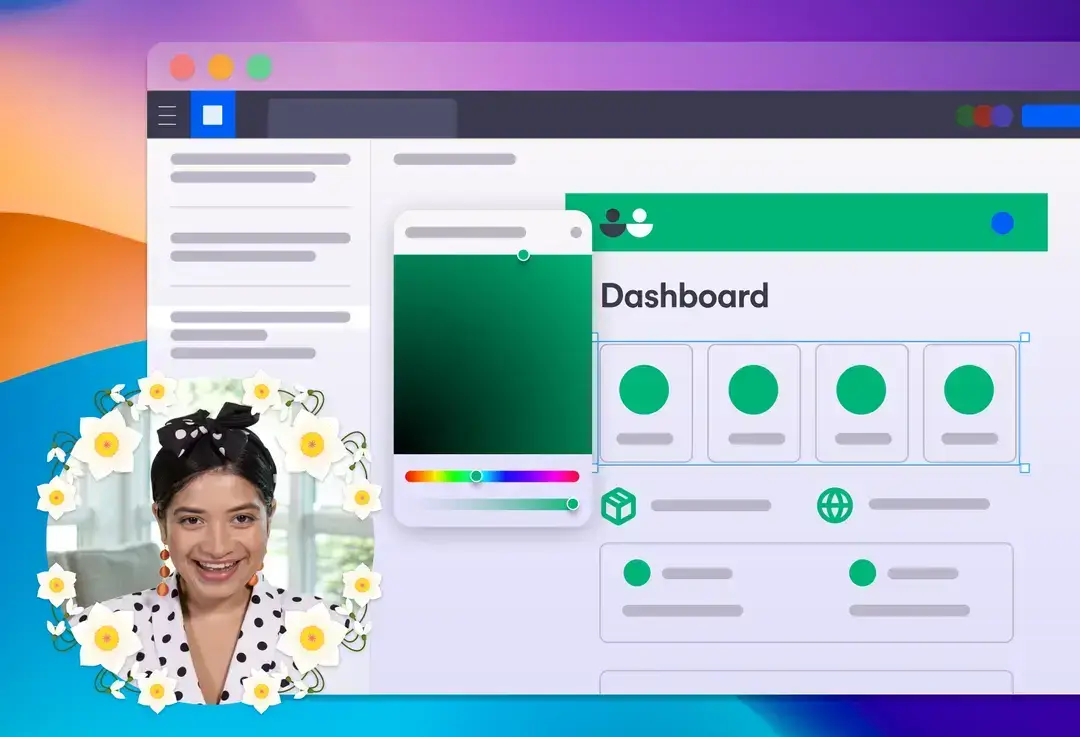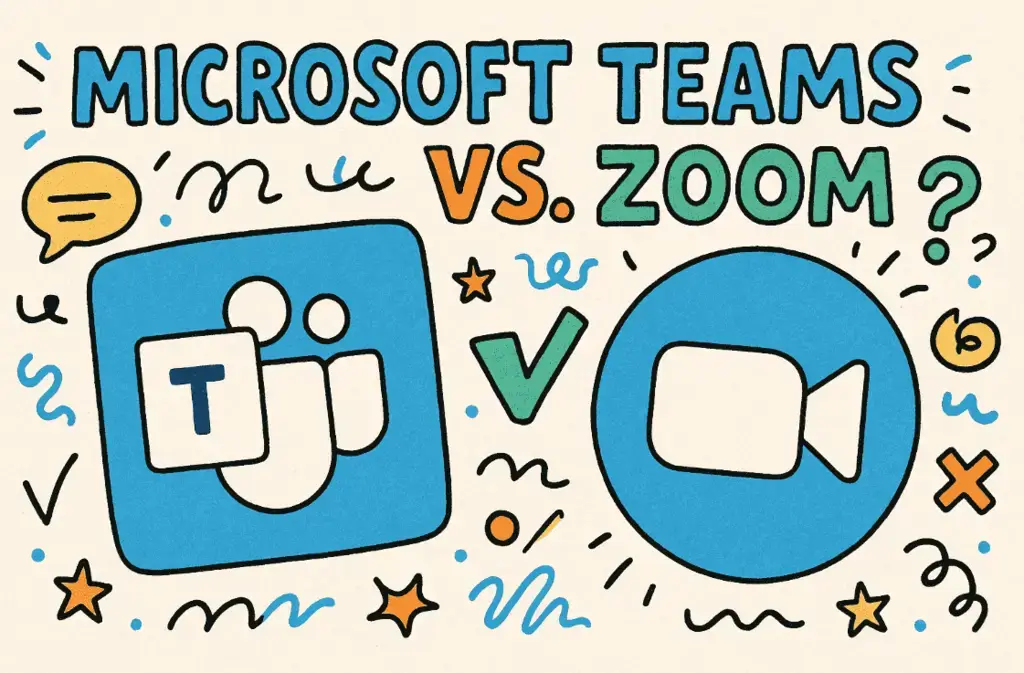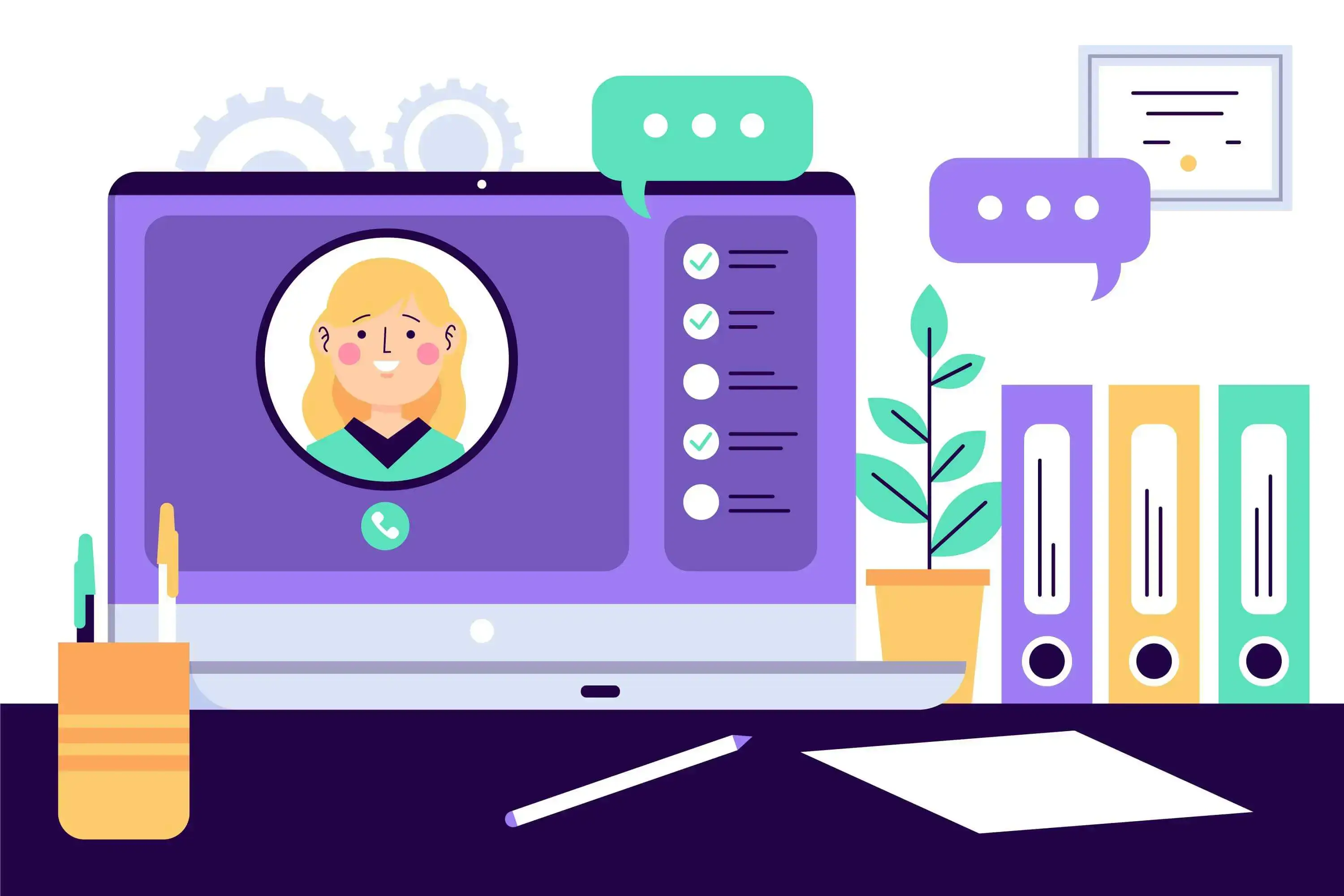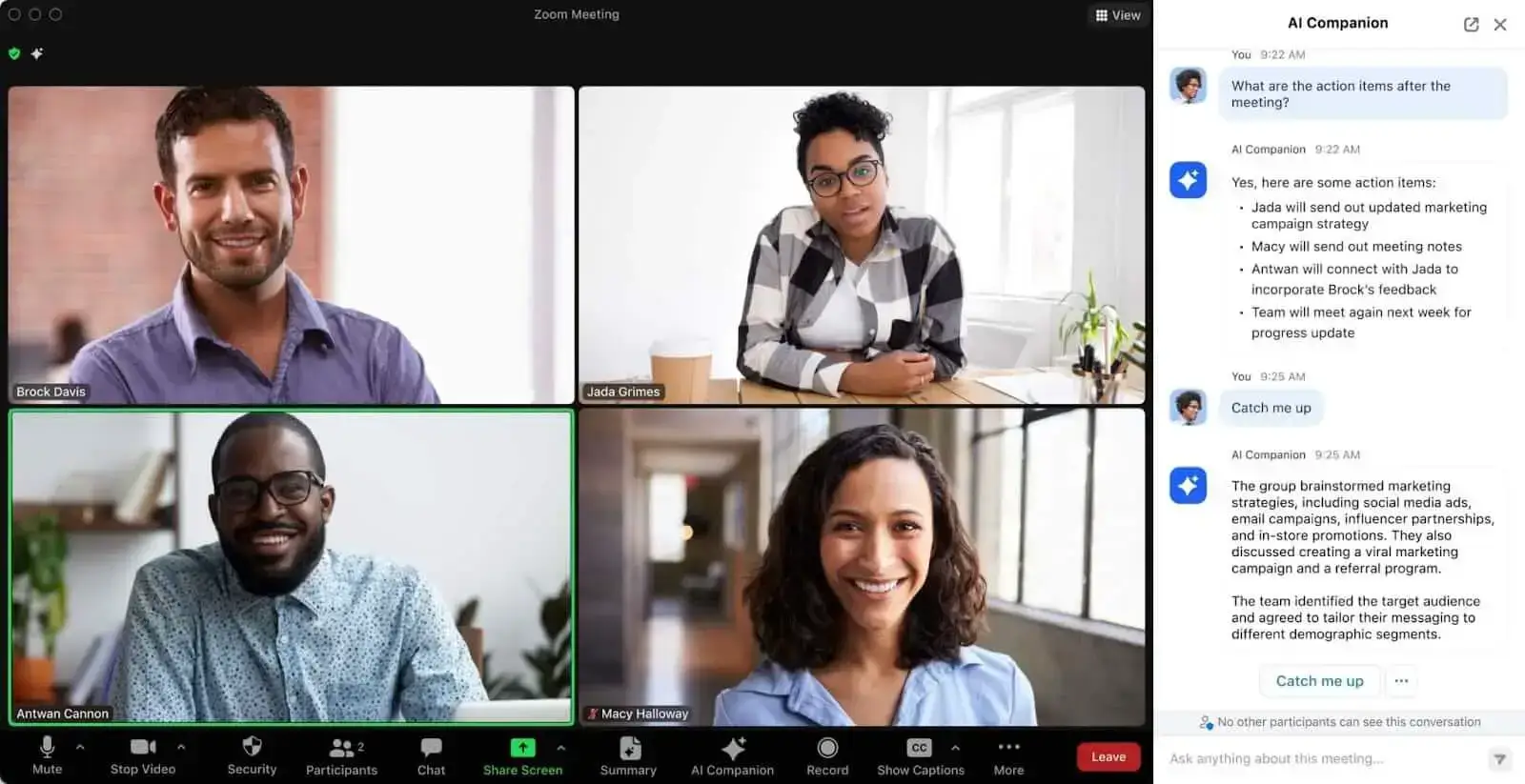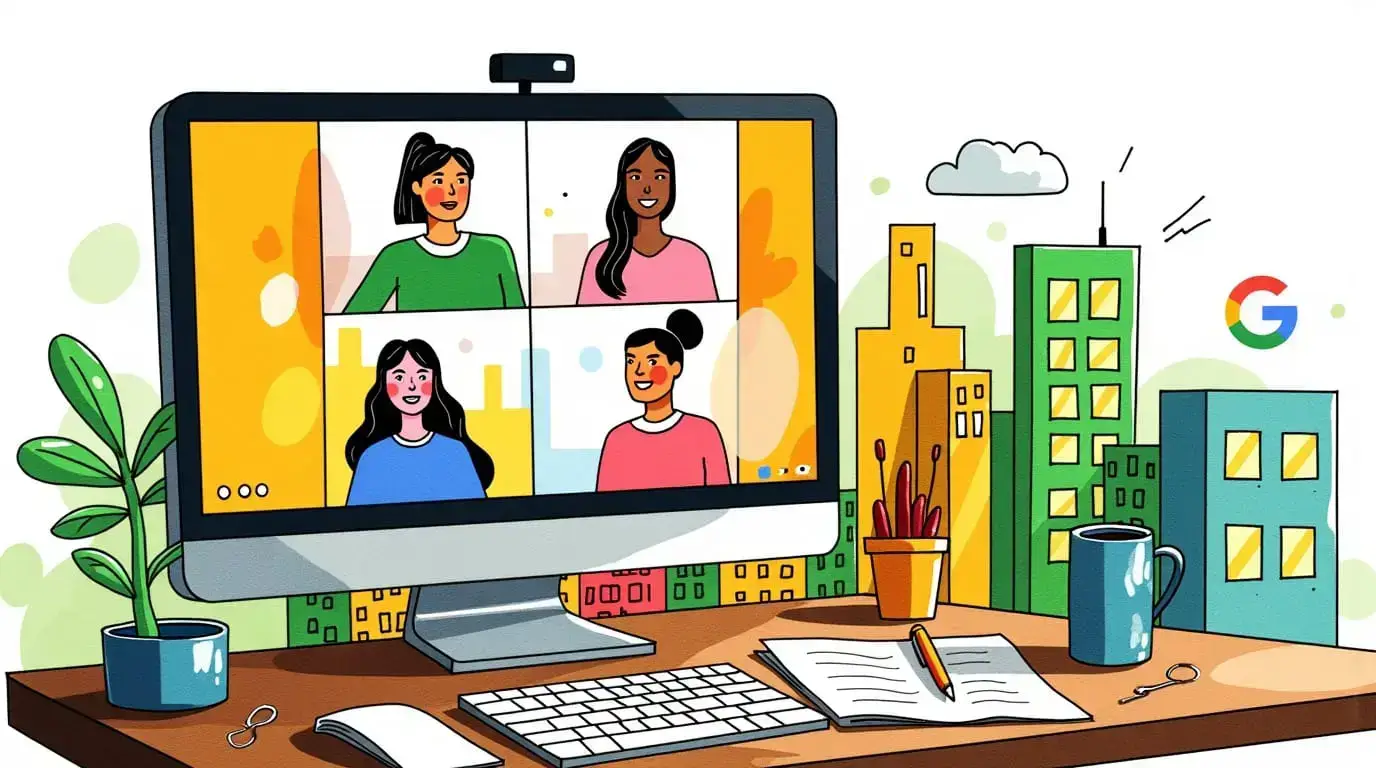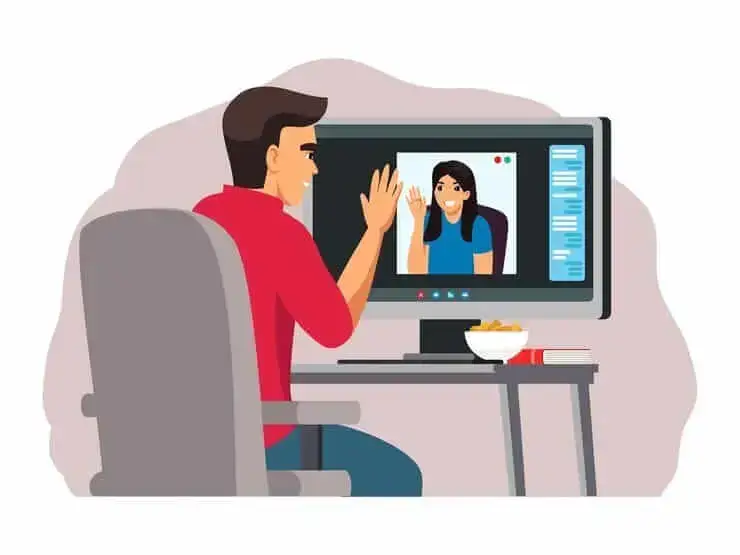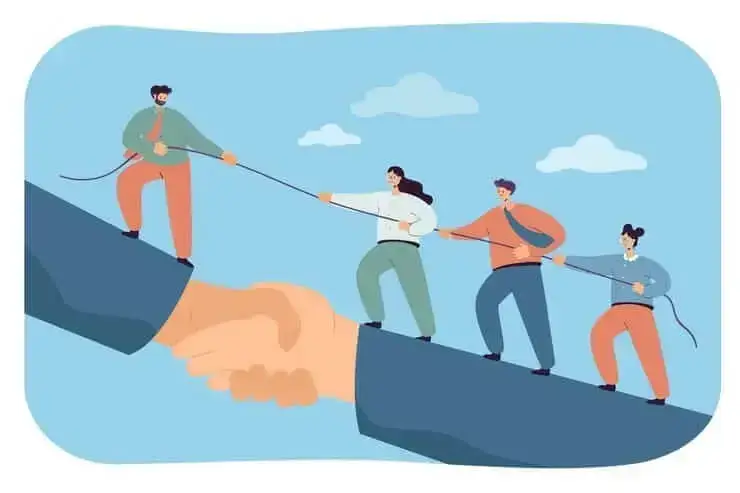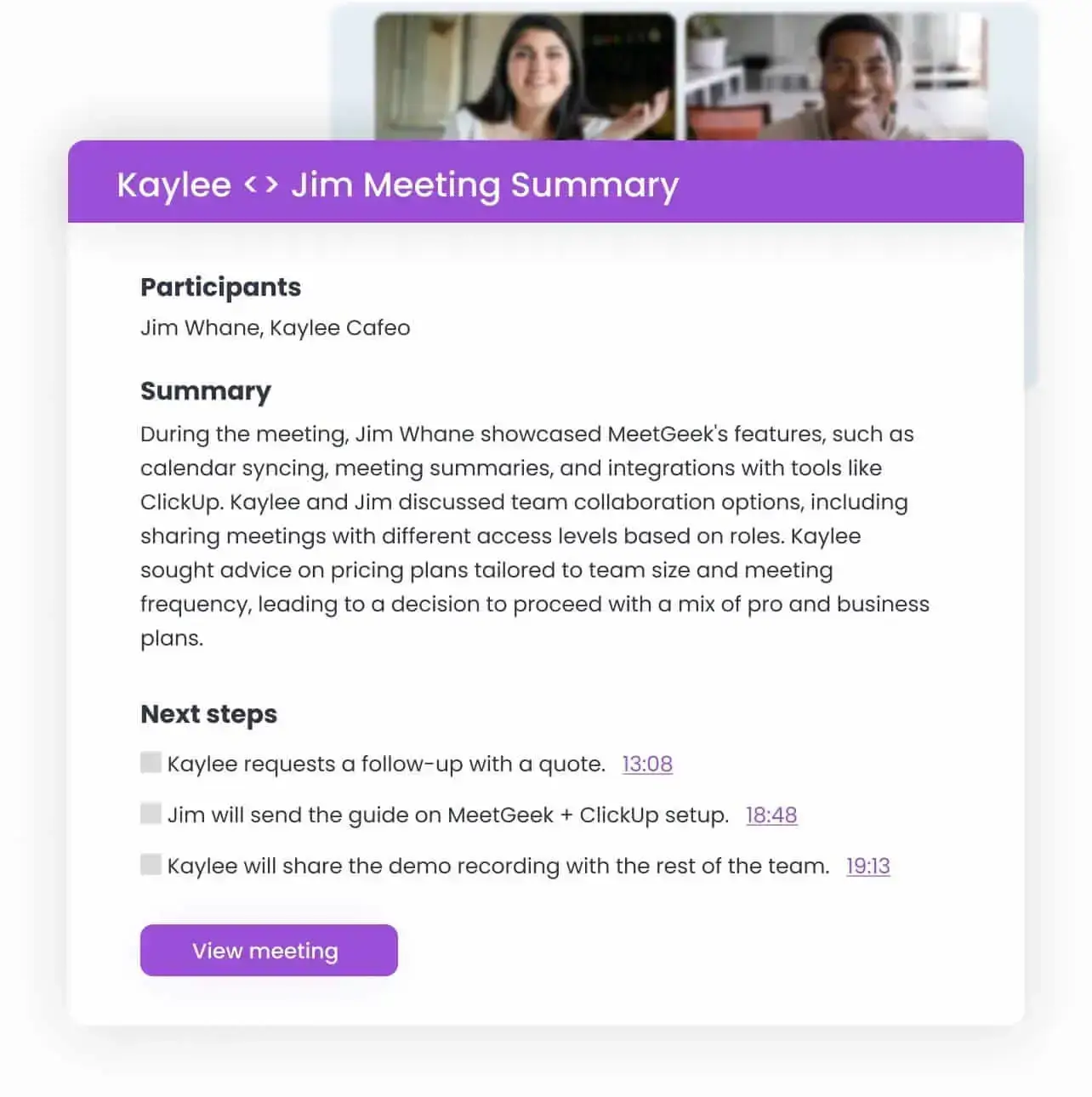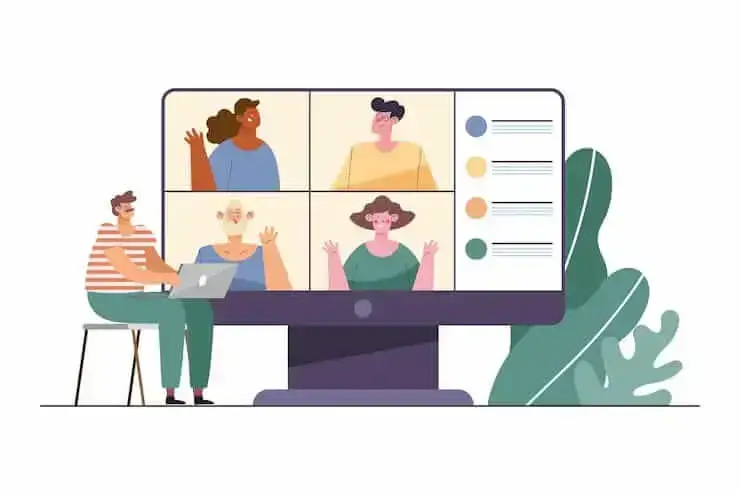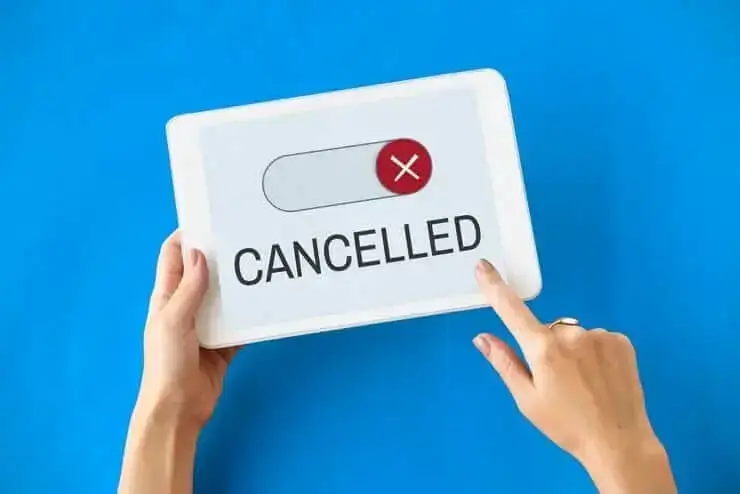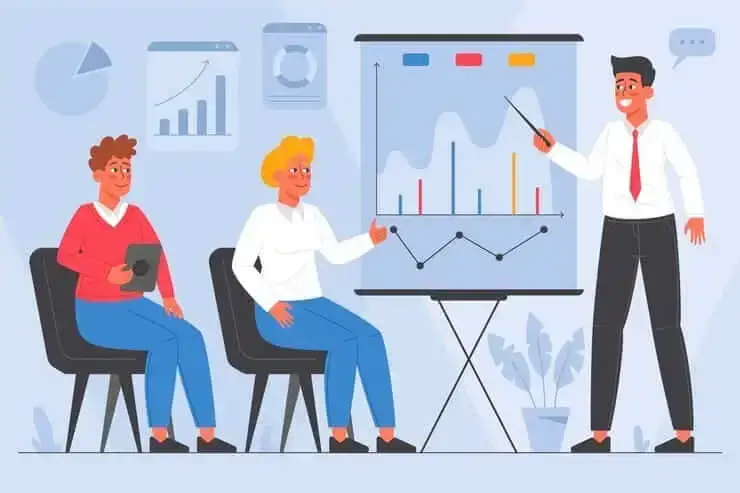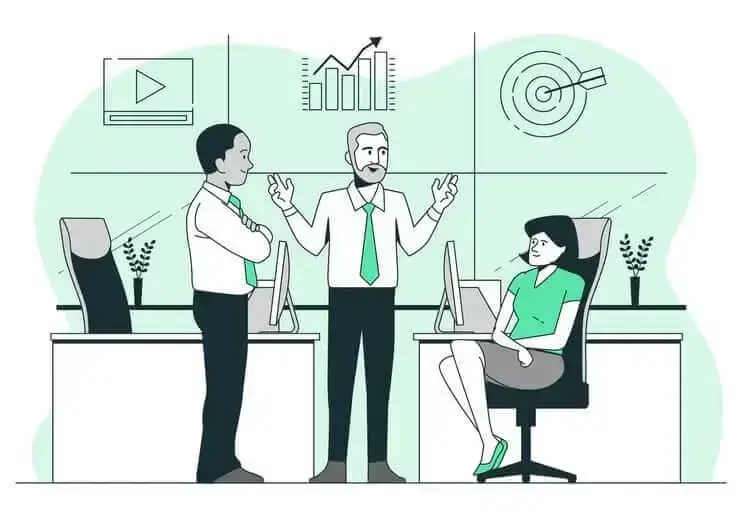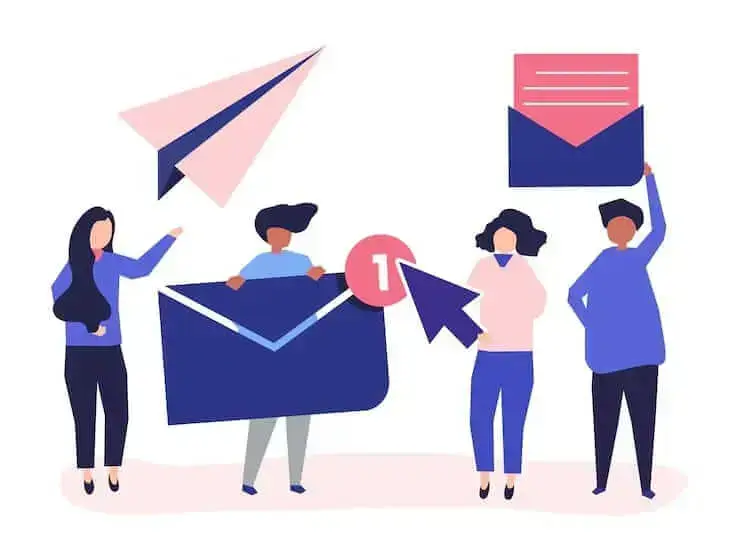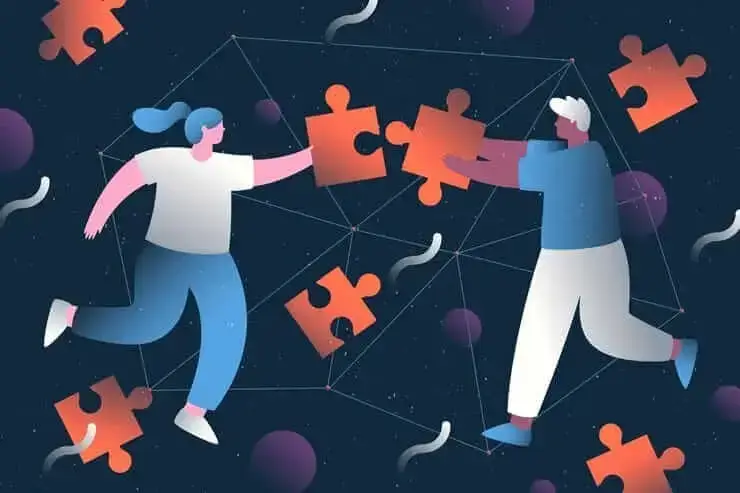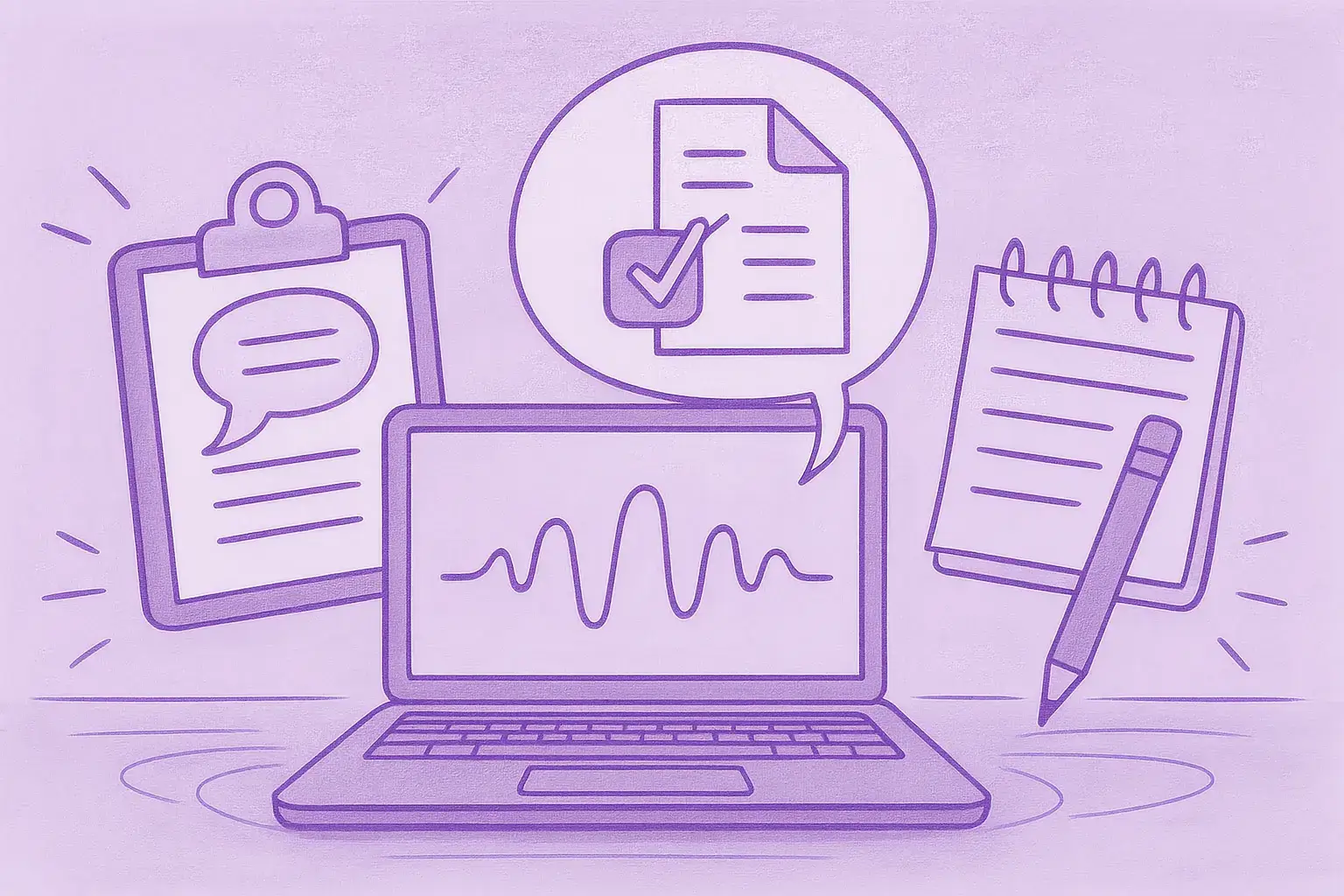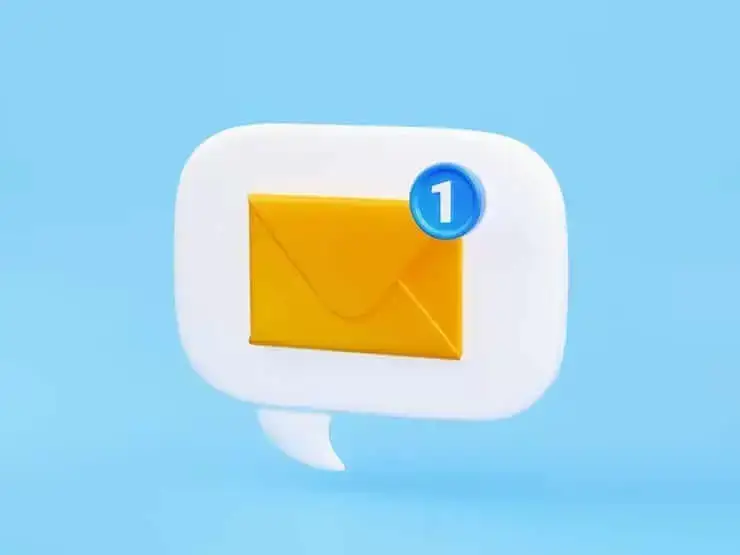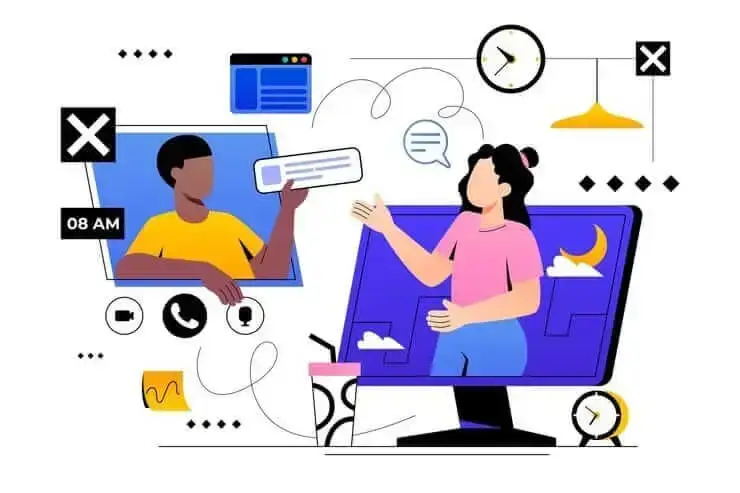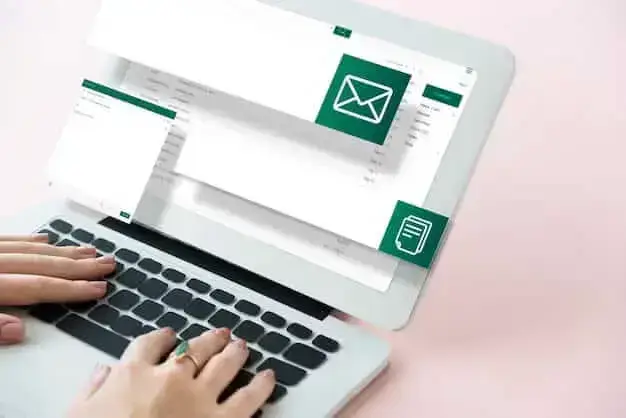How to Handle Customer Discovery the Right Way
Performing customer discovery and adapting your business model based on your findings will set you apart from the rest. Read on to learn how to do that!
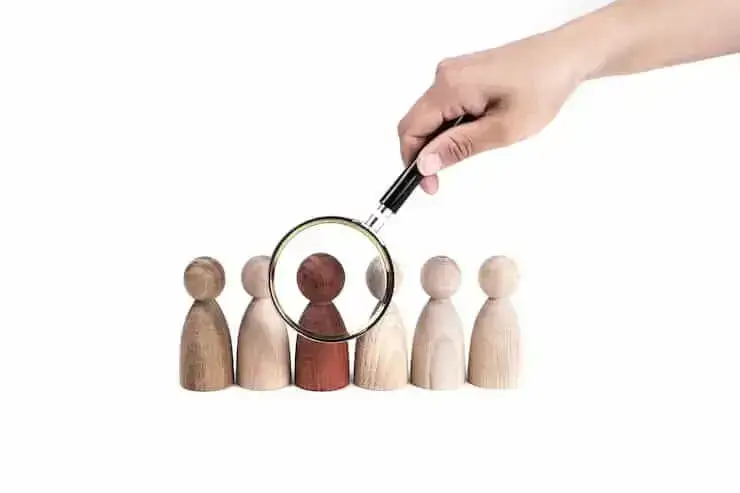
✅ Free meeting recording & transcription
💬 Automated sharing of insights to other tools.

Image Source : wirestock on Freepik
If you’re an entrepreneur or have been around other entrepreneurs and are just getting started, you’ve probably heard the notion of ‘customer discovery’ at least a handful of times.
Neglecting to thoroughly understand your customers before creating and launching your product can result in significant long-term costs, potentially jeopardizing your business altogether.
In this article, we’re going to tell you how customer discovery can make a world of difference for your company, as well as how to successfully implement it in your business strategy!
Redefine Your Customer Discovery Process
Customer Discovery is a mandatory step in ensuring your success by helping you to learn who your customer base is and if your product can offer a practical solution to their issues.
Unlike intuition-based decisions, which rely on what you think might work, customer discovery relies on data and facts. It helps you to determine the best customer segments and to tailor your products accordingly through qualitative and quantitative research.
This approach will guide your current and future product or outsource web development decisions, as it is a cost-effective way to test your products and services and compare different market opportunities.
The Objectives of Customer Discovery
When it comes to customer discovery and incorporating it into your business approach, there are several key objectives that deserve attention. We explore the most significant ones below.
A. Identify the Right Business Idea
While you might have an exciting business idea, bear in mind that your success hinges on how well it resonates with prospective customers. If your product or service doesn't meet your prospects' immediate needs, it might be your downfall.
According to Harvard Business Review, false starts are among the most common reasons businesses fail. Failing to research customer needs thoroughly before designing your product or service will result in a waste of capital, time, and energy.
The iterative process of customer discovery allows you to identify, adapt, and polish the optimal business idea from the get-go. This approach enables you to create and develop products and services that cater to your customers’ needs.
B. Understand Customers Better
The primary goal of customer discovery is to understand customer needs and emerging trends. By researching customer markets and using techniques such as market segmentation, interviews, surveys, and test groups, you can extract data on customer interests, lifestyles, buying habits, and preferences. For businesses with large customer bases, dedicated platforms can efficiently process vast amounts of data. Consultants like Smoothstack can assist in setting up these systems and extracting actionable insights.
Based on your findings, you can create targeted marketing plans and campaigns tailored to the needs and wants of your potential customers. When customers feel that their needs are being met, they are more likely to stick with your brand in the long term.
Access to customer interests makes it possible to anticipate potential changes in market dynamics and spot emerging trends. As a result, you can adapt your strategies to meet changing customer needs and keep ahead of the competition. By analyzing data, market research companies can gather valuable insights into customer behavior and monitor current marketing trends, while also predicting potential shifts in market dynamics and identifying emerging trends.
Our virtual meeting assistant MeetGeek makes that easy for you. You can now focus on understanding your target customers instead of scrambling to take the right meeting notes, summarizing, and analyzing them.
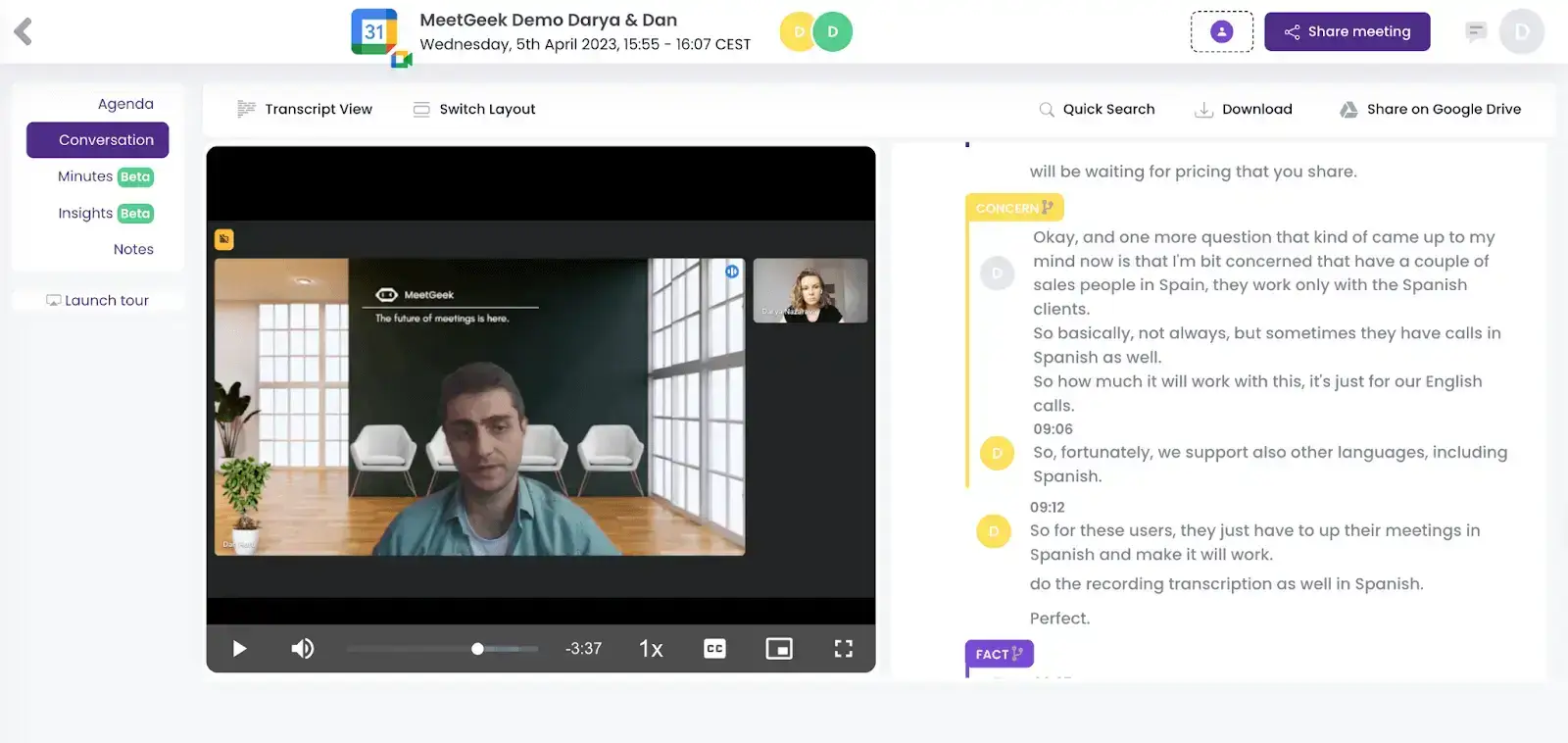
Not only does this approach save you countless hours that you can redirect toward maximizing your customer discovery process, but it also allows you to keep everyone on the same page, which is incredibly beneficial to roadmap development, marketing positioning, and identifying selling points.
That’s why we provide integrations with all your favorite tools, so that team members who conduct customer discovery calls can easily share the entire interview recordings — or only the relevant highlights — with other departments. With MeetGeek, information can automatically get to the right people:
- product development team (to share feature requests or bugs)
- marketing team (to sync on ideas that can be used for marketing materials)
- sales team (to know if it's time to contact a user to offer upgrade options, etc.)
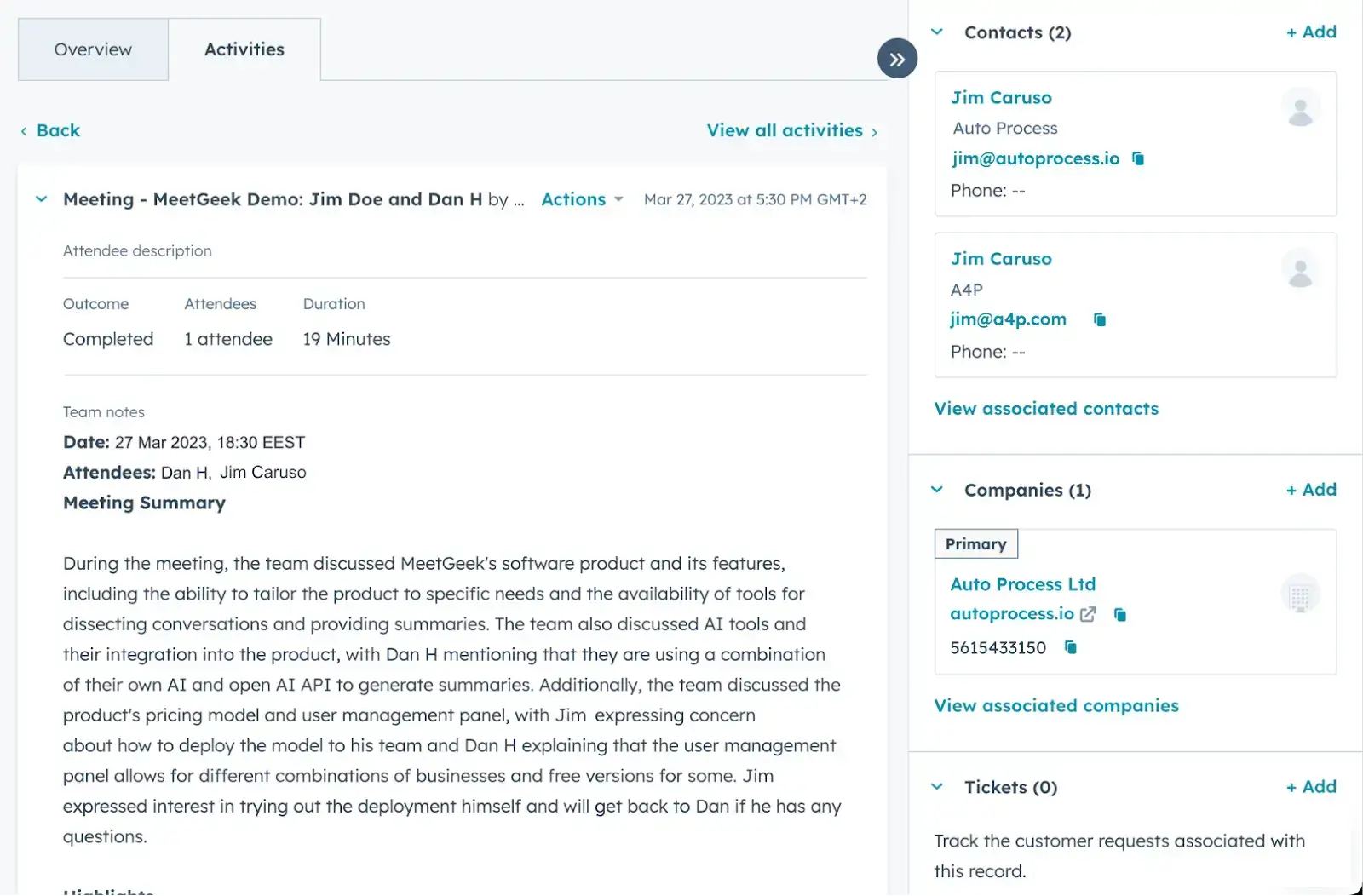
C. Break Misconceptions
Your assumptions about the market, customers, and their issues don’t always correspond to reality, so let the customer discovery process prove you right or wrong.
Validating your core business assumptions through research, data analysis, and testing allows you to make more informed business decisions, take your prospects further down your sales funnel faster, and ultimately boost your revenue.
D. Provides Customer Validation
Having a good business idea is not enough unless you validate your product or service solution with potential customers.
Asking specific customer discovery questions related to customer needs, preferences, and challenges will help you to define and further refine your offering in terms of features, design, pricing, and delivery options.
Imagine you're a startup. To get your business off the ground, you will need to attract investors. If potential investors cannot detect a potential for success, they will become hesitant to give you any funds. In this case, customer discovery will provide the necessary customer validation that they value so much, making them more open to helping you.
E. Assess Business Failure Rate
According to the US Bureau of Labor Statistics, only 50% of start-ups make it to the fifth year. If you don’t want to be a part of this statistic, customer discovery plays a crucial role in telling you whether you can survive on the market or not.
Taking the time to focus on your customer persona and gather customer feedback will help you develop the right product and create a business model that ensures long-term success.
Who Can Benefit From the Customer Discovery Process?
Anyone interested in understanding their target market better, improving their product or service offerings, and increasing customer acquisition and retention can benefit from customer discovery. This includes:
- marketers and brand managers
- product managers and product designers
- user experience (UX) designers
- business leaders
- startups and small businesses
The Four Phases of Customer Discovery
Customer discovery entails a structured approach that requires noting down starting hypotheses and validating them by engaging with target market participants and prospective customers.
The process outlined below follows the initial step of Steven G. Blank's Customer Development Model, as outlined in his book The Four Steps to the Epiphany.
Here are the four steps to conduct customer discovery:
- State your hypothesis
- Define your assumptions
- Ask questions
- Evaluate and refine your results
Let’s dive deeper into every single one of them!
Phase #1: State Your Hypothesis
To refine your hypothesis for successful customer discovery, break down your journey into steps that hone in on a specific problem and propose a single solution. Use the following structure for guidance:
My idea solves [indicate problem] by [provide solution].
Start by forming a problem hypothesis that defines the specific problem you’re looking to solve, the scope of that problem, and why the problem exists. A solution hypothesis should address whether your solution is ideal for resolving the problem identified. You can hire a virtual assistant to support this process by helping with research documentation, organizing customer insights, and managing early-stage discovery tasks efficiently.
For instance, don’t say: “My idea solves people’s need to record and transcribe their meetings by offering an AI virtual meeting assistant.” A much better wording is: “My idea solves the large time commitment and the inconvenience of taking notes in meetings. This is done by providing an AI virtual meeting assistant that automatically joins meetings to record, transcribe, analyze, and summarize meetings.”
The first hypothesis is too vague to provide an actionable solution because it addresses the problem improperly. “Needing to record and transcribe meetings” could relate to a variety of issues, such as the time it takes to write meeting notes, lack of accuracy, or the inconvenience of the process; therefore, it needs to be more specific.
The second hypothesis is an improvement, as it clearly states the problem: the time the operation takes and the overall inconvenience of the process.
Collecting customer insights from this journey will allow a more detailed evaluation of the proposed solution's viability.
Phase #2: Define Your Assumptions
Defining your hypothesis means taking certain assumptions about your idea into account. These should include:
- Supposing that the problem you are focusing on is a real and pressing one for your target customer base
- Establishing that your proposed solution can truly solve the problem
- Ensuring that your chosen market actually has the problem
- Assuming that customers would be willing to pay for the solution you provide
When a startup conducts customer discovery, they must create a hypothetical customer persona — an imaginary representation of its ideal customer. This helps you to make your assumptions more tangible by prioritizing feedback from relevant users, who fit into the ICP (ideal customer profile).
Define your customer persona’s age, occupation, lifestyle, interests, and other aspects that will help you get a better understanding of who they are and what their customer journey might look like, as well as aid you in your lead generation.
Phase #3: Ask Questions
The next step in the process is to conduct the actual research. Target people who are actual prospective customers for your product. If your product is a virtual meeting assistant, ask people who routinely participate in meetings for their opinions, rather than people who rarely do.
PRO TIP #1:Avoid asking people for their thoughts about your idea. Instead, use open-ended detective questions and seek to learn about your customer's preferences.
PRO TIP #2: An even better approach is to never mention your business idea; instead, present the problem itself. This allows prospective customers to tell you what their ideal solution to the problem is. Moreover, it prevents them from being polite instead of giving you the answers that you need.
As you gather feedback from potential customers, incorporate that input into the development of your product to meet their unique needs. This ensures the product is designed with customer input and expectations in mind.
To get an accurate assessment of customer requirements and preferences, be open-minded and don’t rely solely on preconceived notions.
Challenge your assumptions and remain open to the possibility of uncovering new, unexpected insights. Here are a few question ideas to incorporate into the process:
- Tell me how you do…
- How is that approach working?
- How did you find out about this approach/solution?
- If you could change or improve your experience with…, what would it be?
- What’s the most difficult part of…?
- What do you like/dislike most about…?
Since we know that asking good questions and getting the answers you need is a critical part of the customer discovery process, we recommend considering our meeting templates feature.
It automatically identifies and categorizes every part of your meeting based on the keywords you provide our virtual assistant with. This way, you can skip directly to the parts that matter and conduct your discovery process in less time and with less effort!

Phase #4: Evaluate and Refine Your Results
The customer discovery process is essential for refining and improving ideas before investing a lot of money into them. To evaluate customer feedback, you must take all the necessary steps to collect and store as much data and information as possible. This will allow you to later evaluate your original ideas and make alterations if necessary.
If you’re not sure how to collect and store the information from your conversations with customers, let MeetGeek take control of the process while you focus on business functions that truly matter. Our virtual meeting assistant uses AI to automatically join, record, transcribe, analyze, summarize, and store your meetings — all in one place!
While it may take additional effort to re-assess and alter your initial ideas, this process is far more efficient than investing resources into product development and marketing only to find out that the initial assumptions were wrong. This way, you’ll be able to prevent financial losses and prevent any additional waste of time.
What To Do After the Customer Discovery Process
Before you take the next step with your current plans, assess whether you are ready to move forward. To determine this, ask yourself: have you verified the customer problem, the product solution, and the business model?
Knowing the answers to these questions will help you decide whether to progress to the customer validation stage of the customer development process, start the customer discovery process from the beginning, or pause your project.
These conversations with customers provide everything you need to know, so you’ll need to make sure that the information never gets lost or is only available to the person conducting the interviews. MeetGeek perfectly integrates with your Notion space to keep all our records in one place.
Whenever someone conducts a customer interview, the highlights and summary are automatically added to the Notion board. This way, everyone on your team can be in the loop regarding any specific problems your customers might face or any feature requests.
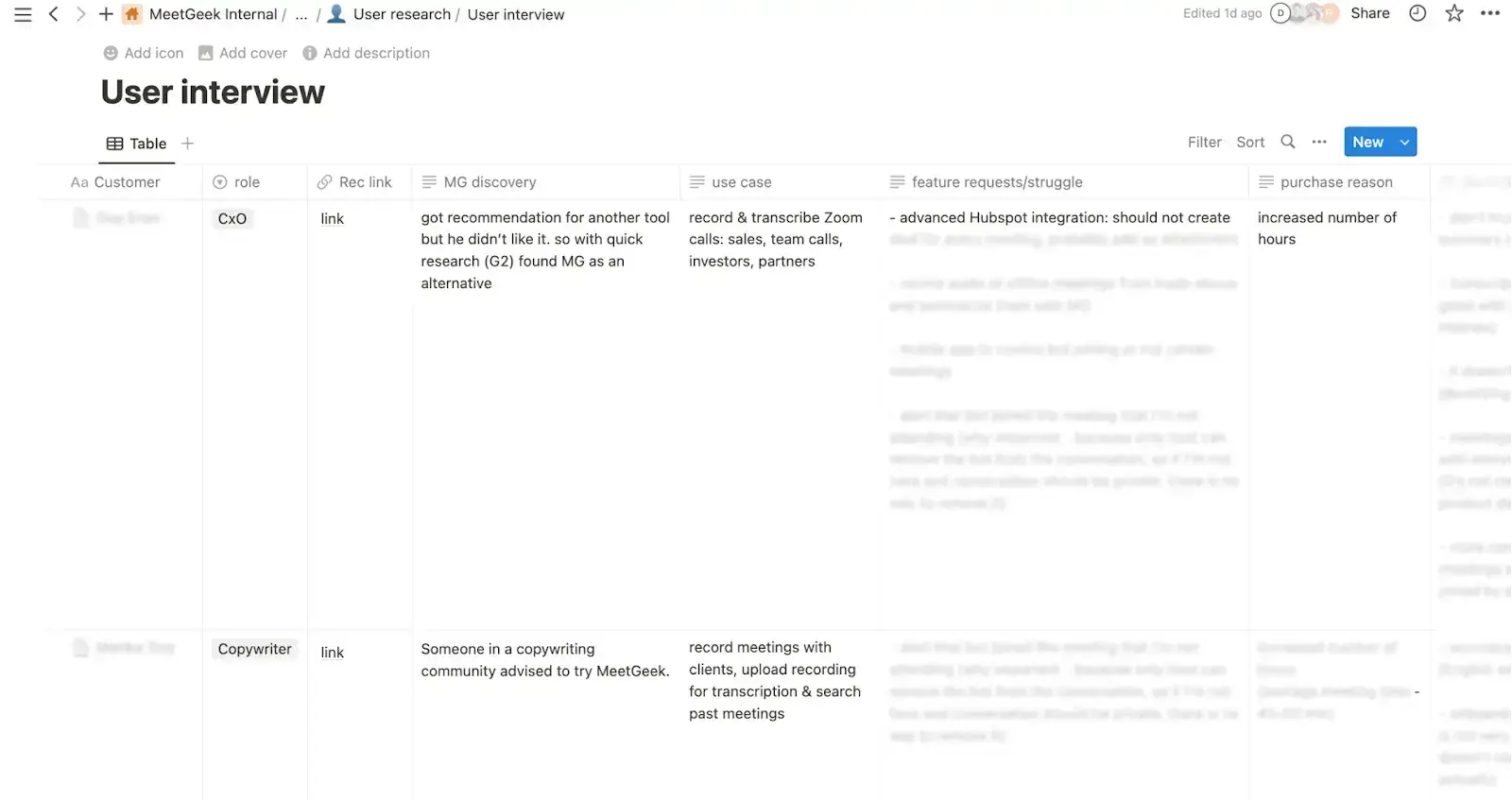
Customer Discovery FAQ
How Many People Should I Interview?
If your customer persona is built with business owners in mind, for instance, interviewing only a few of them can only provide limited insights and feedback. In contrast, if you try to talk to 100 people per week, it may be impossible to analyze and interpret the data correctly.
To maximize your customer discovery process, prioritize quality over quantity by investing time in ascertaining more comprehensive data.
How Long Should the Customer Discovery Process Take?
You should continue researching and validating until you feel satisfied with the result.
Try to formulate a list of questions or hypotheses in advance and tackle them individually. As you make your way through the list, you may notice patterns or hear the same things from different prospects or customers. They could be regarding technical risks, organizational uncertainty, and other topics.
Once you feel like you've fully answered the questions and accumulated all the knowledge and insights you set out to obtain, you can consider your research complete.
Still, it is technically impossible to declare any customer discovery experiment definitively successful or unsuccessful upfront; typically, it is an ongoing process. Keep in mind that unexpected discoveries can often unlock great solutions.
How Do I Process the Customer Discovery Data?
To successfully navigate each development phase and launch your product with confidence, extract the key insights from the data you gather.
Cross-referencing your customer interviews is a great way to craft a more accurate customer persona and review your initial assumptions.
It’s also imperative to pinpoint a specific customer segment that your product can effectively target and develop a viable business model around. Even if only half of the people that you interview show interest in your idea, this is completely normal and gives you the perfect foundation for success.
Uncover the Benefits of Customer Discovery With MeetGeek!
Performing customer discovery and properly adapting your business model based on feedback and evidence will set you apart from your competition.
Customer discovery will help you become more strategic and practical with your available resources, increasing the chances of achieving product-market fit, higher valuations, and, ultimately, attaining investment.
Lastly, keep in mind that your energy is the most valuable asset. Wasting it on manual note-taking during customer discovery proves to be not only unproductive, but also very time-consuming, rendering the entire process tedious and prone to inaccuracies.
Try the MeetGeek virtual meeting assistant for free to turn customer discovery into an intuitive process where you can only focus on the things that matter!
.avif)


